Introduction
Bird baths have long been a cherished feature in gardens, courtyards, and urban spaces around the world. Their primary function, providing a source of water for birds, underscores a deeper connection between humans and nature. In the midst of urban sprawl and the concrete jungles of our cities, these simple water features serve as a reminder of the delicate balance between man-made environments and the natural world. They offer birds a respite, a place to drink, bathe, and play, and in return, they provide us with the joy of observing these winged creatures up close, their melodies filling our mornings and their vibrant colors brightening our gardens.
But bird baths, as we know them today, have undergone significant transformations over the years. From rudimentary bowls that held rainwater to the intricate, solar-powered fountains of the modern era, the journey of the bird bath is a testament to human ingenuity and our ever-evolving relationship with nature. As we delve into this journey, we'll discover how a simple concept has been reimagined and reinvented over the centuries, reflecting changing tastes, advancing technologies, and a growing understanding of avian needs. So, join us as we trace the evolution of bird baths, from their humble beginnings to the innovative designs of today.

The Humble Beginnings: Simple Bowls
Long before the ornate designs and technological innovations of today's bird baths, the earliest incarnations were simple and functional. Rooted in ancient civilizations, these rudimentary water sources played a pivotal role in the daily lives of both humans and birds.
Historical Context: The Earliest Forms of Bird Baths
The concept of providing water for birds can be traced back to ancient civilizations such as the Egyptians, Greeks, and Romans. In these societies, where nature was deeply revered and often intertwined with mythology, birds were seen as messengers of the gods or symbols of freedom and transcendence. Gardens, courtyards, and public spaces often incorporated water features, not just for aesthetic reasons, but also to attract and sustain local birdlife. These early bird baths were often located near temples or sacred groves, emphasizing the spiritual connection between humans, birds, and the divine.
Materials and Designs Commonly Used in the Past
The materials used for these early bird baths were typically sourced locally and reflected the resources and craftsmanship of the time. In regions abundant in clay, terracotta bowls were popular, while in areas with access to quarries, stone basins became the norm. These bowls were often placed on raised platforms or pedestals, both to deter predators and to elevate the status of the bird bath as a significant garden feature. The designs were largely minimalist, focusing on durability and functionality rather than ornate decoration. However, in some affluent societies or royal gardens, bird baths might be adorned with simple carvings or inscriptions.
Importance of Water Sources for Birds in Ancient Gardens and Courtyards
In the arid landscapes of ancient civilizations, especially in regions like Egypt or Mesopotamia, water was a precious commodity. Gardens and courtyards, with their water features, became vital oases for local bird species. These bird baths not only provided hydration but also offered a safe space for birds to bathe, which is essential for maintaining their feather health. For humans, these water sources, teeming with avian activity, added life and movement to their gardens. The presence of birds was also seen as a good omen, symbolizing prosperity, harmony, and the favor of the gods. As such, bird baths played a dual role: sustaining the local bird population and enriching the cultural and spiritual lives of the people.
The Rise of Decorative Bird Baths
As civilizations evolved and entered periods of artistic and cultural renaissance, so did the designs and purposes of bird baths. No longer just functional entities, bird baths began to mirror the artistic sensibilities of the times, becoming emblematic of the eras they were crafted in and the cultures they represented.
Introduction to Ornate Designs and the Influence of Art and Culture
The transition from simple bowls to decorative bird baths was influenced by broader shifts in art and culture. As societies placed greater emphasis on aesthetics and artistic expression, everyday objects, including bird baths, became canvases for creativity. The ornate designs were not merely for visual appeal; they often carried symbolic meanings, representing myths, legends, or cultural values. For instance, a bird bath in ancient Greece might feature motifs of olive branches, symbolizing peace, or images of their gods and goddesses, reflecting their religious beliefs.
Popular Materials: Stone, Marble, and Metal
The choice of materials for bird baths evolved with advancements in quarrying, metallurgy, and craftsmanship. Stone, with its durability and natural beauty, remained a popular choice, especially in regions with rich stone deposits. Marble, often reserved for sculptures and significant architectural projects, began to be used for bird baths in affluent settings, lending an air of luxury and grandeur. Its smooth finish and ability to hold intricate carvings made marble a favorite among artisans. Metal bird baths, crafted from bronze or wrought iron, emerged as alternatives to stone. These metal baths, often adorned with intricate patterns and designs, added a different dimension to gardens, reflecting the light and changing with the patina of time.
The Role of Bird Baths in Garden Aesthetics during the Renaissance and Victorian Eras
The Renaissance period, characterized by a renewed interest in art, science, and nature, saw gardens becoming extensions of living spaces, places of contemplation, and artistic expression. Bird baths, with their dual functionality and aesthetic appeal, became focal points in these gardens. They were often strategically placed to complement other garden elements, such as statues, topiaries, or flowerbeds.
The Victorian era, with its love for opulence and intricate designs, further elevated the status of bird baths. Victorian gardens were meticulously planned, with every element, including bird baths, playing a role in the overall narrative. Bird baths of this period often featured elaborate designs, from claw-footed bases to scalloped edges, and were sometimes accompanied by statues of cherubs or birds, adding to their charm.
In both these eras, bird baths were not just water sources for avian visitors; they were statements of style, taste, and cultural sophistication, reflecting the garden owner's status and sensibilities.
The Advent of Multi-functional Bird Baths
As societies progressed and technological advancements became more integrated into daily life, the traditional bird bath began to evolve. No longer just a vessel for water, bird baths started to incorporate multiple functions, reflecting a blend of practicality and aesthetics.
Introduction to Bird Baths with Added Features like Feeders
The idea of combining water sources with feeding stations emerged from a deeper understanding of avian needs and behaviors. Observing that birds often sought food after or before a refreshing dip or drink, innovators began to design bird baths that also incorporated feeders. These multi-functional bird baths provided a one-stop destination for birds, offering them both nourishment and hydration. Such designs were not only practical but also reduced the need for multiple structures in a garden, making them particularly appealing for smaller spaces.
The Trend of Combining Art with Utility: Sculpted Designs, Mosaic Inlays, and More
The fusion of function and form reached new heights with bird baths that were both utilitarian and artistic masterpieces. Sculpted designs, often inspired by nature, featured prominently, with bird baths shaped like leaves, shells, or even resembling small ponds with lifelike frogs or turtles perched on the edges. Mosaic inlays added a touch of color and luxury, turning the bird bath into a shimmering, reflective piece of art. Materials like colored glass, ceramic tiles, or even semi-precious stones were intricately arranged to create patterns, scenes, or abstract designs. These artistic bird baths not only served birds but also became conversation starters, adding significant aesthetic value to gardens and patios.
The Benefits of Multi-functional Designs for Birds
From an avian perspective, multi-functional bird baths offered several advantages:
- Convenience: Birds could drink, bathe, and feed in one place, reducing the energy and time spent in searching for resources.
- Safety: With food and water in close proximity, birds could remain alert to potential predators while alternating between feeding and bathing.
- Social Interaction: These bird baths became hubs of activity, allowing different bird species to interact, which is especially beneficial during mating seasons.
- Health: Clean water and a consistent food source contribute to better health and vitality among bird populations.
The advent of multi-functional bird baths showcased humanity's growing appreciation for nature's intricacies, leading to designs that catered to both the aesthetic desires of humans and the practical needs of birds.
Modern Innovations: Solar-Powered Fountains
In the age of sustainability and technological advancement, bird baths have not been left behind. One of the most notable innovations in recent years is the integration of solar technology into bird bath designs, leading to the creation of solar-powered fountains. These modern bird baths are a testament to how technology can seamlessly blend with nature to offer enhanced benefits.
The Blend of Technology with Nature: Introduction to Solar-Powered Bird Baths
Solar-powered bird baths are a fusion of eco-friendly technology and natural aesthetics. Equipped with solar panels, often discreetly integrated into the design, these bird baths harness sunlight to power a small fountain or pump. The result is a continuously flowing or bubbling water source, adding dynamism to the traditional still water bird bath. This innovation not only enhances the visual appeal of the bird bath but also offers several practical benefits, both for the birds and the environment.
Benefits of Moving Water: Attracting a Wider Variety of Birds and Ensuring Cleaner Water
-
Attracting Birds: The sound of moving water is a powerful attractant for birds. The gentle gurgling or splashing noises can be heard from a distance, drawing in birds that might not typically visit still water bird baths. This means gardens with solar-powered fountains often see a wider variety of avian visitors.
-
Cleaner Water: Stagnant water can become a breeding ground for algae, mosquitoes, and other pests. Moving water, on the other hand, is less likely to harbor these unwanted guests. The continuous circulation ensures that the water remains fresher for longer, reducing the frequency of cleaning and maintenance.
-
Enhanced Bird Bathing Experience: The flowing water can also provide a more enjoyable bathing experience for birds, with the gentle currents offering a massage-like sensation.
The Environmental Advantages of Using Solar Energy
-
Sustainability: Solar energy is a renewable resource, meaning solar-powered bird baths have a minimal carbon footprint. By harnessing the sun's energy, these bird baths reduce the reliance on non-renewable energy sources.
-
Cost-Efficiency: After the initial investment in a solar-powered bird bath, there are no ongoing electricity costs. The sun, being a free energy source, ensures that these bird baths are economical in the long run.
-
Reduced Wiring and Installation Hassles: Traditional electric-powered fountains require wiring and access to an electrical outlet, which can limit placement options and pose safety concerns. Solar-powered bird baths, being wire-free, offer greater flexibility in positioning and are easier to install.
-
Promotion of Green Living: Owning a solar-powered bird bath can also serve as a statement of commitment to sustainable living, inspiring neighbors and visitors to consider eco-friendly alternatives in their own lives.
Solar-powered fountains represent the pinnacle of modern bird bath design, offering a harmonious blend of technology and nature. They cater to the needs of birds while promoting environmental sustainability and adding a touch of modern elegance to gardens and outdoor spaces.
The Future of Bird Baths: What's Next?
As we look ahead, the future of bird baths promises to be as dynamic and innovative as its past. With rapid advancements in technology and a growing emphasis on sustainability, the next generation of bird baths is set to be smarter, greener, and more community-driven.
Smart Bird Baths: Potential for Integrating Sensors and Cameras for Bird Watching and Research
-
Integrated Sensors: The concept of 'smart' bird baths revolves around the integration of sensors that can monitor water quality, temperature, and even detect the presence of specific bird species. Such data can be invaluable for bird enthusiasts, researchers, and conservationists, offering real-time insights into avian behavior, migration patterns, and health.
-
Cameras for Bird Watching: With the miniaturization of camera technology, future bird baths could come equipped with discreet, high-resolution cameras. These would allow bird watchers to observe and record birds up close, capturing intricate details of their behavior, plumage, and interactions. Such footage could be streamed live, shared with a global community, or stored for research and documentation.
-
Interactive Features: Imagine a bird bath that plays specific bird calls to attract certain species or one that adjusts the water temperature based on the ambient weather. Smart bird baths could offer such interactive features, enhancing the overall experience for both birds and humans.
Sustainable Materials and Designs for Eco-Friendly Bird Baths
-
Recycled Materials: As sustainability becomes a priority, bird baths of the future might be crafted from recycled or upcycled materials, reducing waste and promoting a circular economy.
-
Natural Filtration Systems: Incorporating plants or specific substrates that naturally filter and clean the water can reduce the need for chemical treatments, ensuring cleaner water for birds and a reduced environmental impact.
-
Energy-Efficient Designs: Beyond solar power, future designs might harness other forms of renewable energy, like wind or even kinetic energy from the movement of water, to power pumps or other features.
The Role of Community in Promoting and Innovating Bird Bath Designs
-
Collaborative Design: With the rise of open-source platforms and collaborative design tools, the bird bath designs of the future could be the result of global collaborations, bringing together diverse perspectives and expertise.
-
Community Workshops: Local communities might host workshops where individuals can learn to craft their own bird baths, incorporating local materials and designs that reflect the culture and ecology of the region.
-
Citizen Science Initiatives: Bird baths equipped with sensors and cameras can contribute to large-scale citizen science projects, where data collected from numerous gardens and spaces can offer insights into bird populations, behaviors, and environmental changes.
The future of bird baths is poised to be a harmonious blend of technology, sustainability, and community engagement. As these water features continue to evolve, they will not only serve our feathered friends but also play a pivotal role in fostering a deeper connection between humans, nature, and the broader environment.
Conclusion
The story of bird baths is a reflection of humanity's evolving relationship with nature, art, and technology. From the earliest civilizations to the modern age, these seemingly simple water sources have mirrored the zeitgeist of their times, adapting and innovating to meet the changing needs of both birds and humans.
Recap of the Journey from Simple Bowls to Technologically Advanced Bird Baths
Beginning with rudimentary bowls in ancient gardens, bird baths served as essential water sources for avian visitors, symbolizing the harmonious coexistence of humans and nature. These early designs, crafted from locally available materials like clay or stone, were functional and durable, catering primarily to the practical needs of birds.
As art and culture flourished in subsequent eras, bird baths began to take on more ornate and decorative forms. The Renaissance and Victorian periods, in particular, saw bird baths becoming integral components of garden aesthetics, with designs reflecting the artistic sensibilities and cultural values of the times.
The modern age, characterized by rapid technological advancements and a growing emphasis on sustainability, has ushered in a new era for bird baths. Today's designs, from solar-powered fountains to smart bird baths equipped with sensors and cameras, are a testament to human ingenuity and our commitment to harmonizing technology with nature.
The Enduring Importance of Providing Water Sources for Birds in Our Changing Urban Landscapes
In our rapidly urbanizing world, where natural habitats are increasingly under threat, bird baths have taken on a significance beyond their aesthetic or technological features. They stand as oases in concrete jungles, offering birds a sanctuary to hydrate, bathe, and socialize. For many urban dwellers, a bird bath in their balcony or garden might be their primary window to nature, a place where they can observe and connect with the myriad bird species that grace our cities.
Furthermore, as climate change and habitat destruction continue to impact bird populations globally, providing consistent and clean water sources becomes even more crucial. Bird baths, in this context, are not just garden features; they are lifelines, ensuring the survival and well-being of our avian co-inhabitants.
In conclusion, the evolution of bird baths, from humble bowls to the sophisticated designs of today, is a journey that encapsulates humanity's enduring love for nature and our continuous quest for innovation. As we look to the future, it is clear that bird baths will remain pivotal in bridging the gap between humans and the natural world, reminding us of the simple joys and profound responsibilities that come with sharing our planet with other living beings.
Frequently Asked Questions
What were the earliest forms of bird baths like?
The earliest bird baths were simple bowls, often made from locally sourced materials like clay or stone. Rooted in ancient civilizations such as the Egyptians, Greeks, and Romans, these rudimentary water sources were functional and placed in gardens, courtyards, and public spaces to attract and sustain local birdlife.
How has technology influenced modern bird bath designs?
Modern technology has significantly influenced bird bath designs, especially with the advent of solar-powered fountains. These bird baths harness sunlight to power a small fountain, providing continuously flowing water. Additionally, there's potential for integrating sensors and cameras in 'smart' bird baths, offering real-time insights into avian behavior and facilitating bird watching and research.
Why are moving water bird baths, like solar-powered fountains, beneficial for birds?
Moving water in bird baths, such as those in solar-powered fountains, offers several benefits for birds. The sound of flowing water attracts a wider variety of avian visitors. Additionally, moving water remains fresher for longer, reducing the likelihood of algae growth and mosquito breeding, ensuring a cleaner and safer environment for birds to drink and bathe.
How are future bird bath designs focusing on sustainability?
Future bird bath designs are emphasizing sustainability by incorporating recycled or upcycled materials, reducing waste, and promoting a circular economy. Additionally, there's a trend towards using natural filtration systems, like plants, that can clean the water without the need for chemicals. Energy-efficient designs that harness renewable energy sources, beyond just solar power, are also being explored.
Why are bird baths important in urban landscapes?
In rapidly urbanizing environments, bird baths serve as vital oases for birds, offering them a place to drink, bathe, and socialize. They provide a sanctuary amidst concrete structures, ensuring birds have access to essential resources. For urban dwellers, bird baths can also serve as a primary connection to nature, allowing them to observe and interact with various bird species.
Related Articles
The Art and Science of Bird Baths: Attracting a Diverse Array of Birds
Lion Water Fountains: Decoding the Symbolism & Meaning
Buddha Water Fountains: Decoding the Symbolism & Meaning
Ganesha Water Fountains: Decoding the Symbolism & Meaning


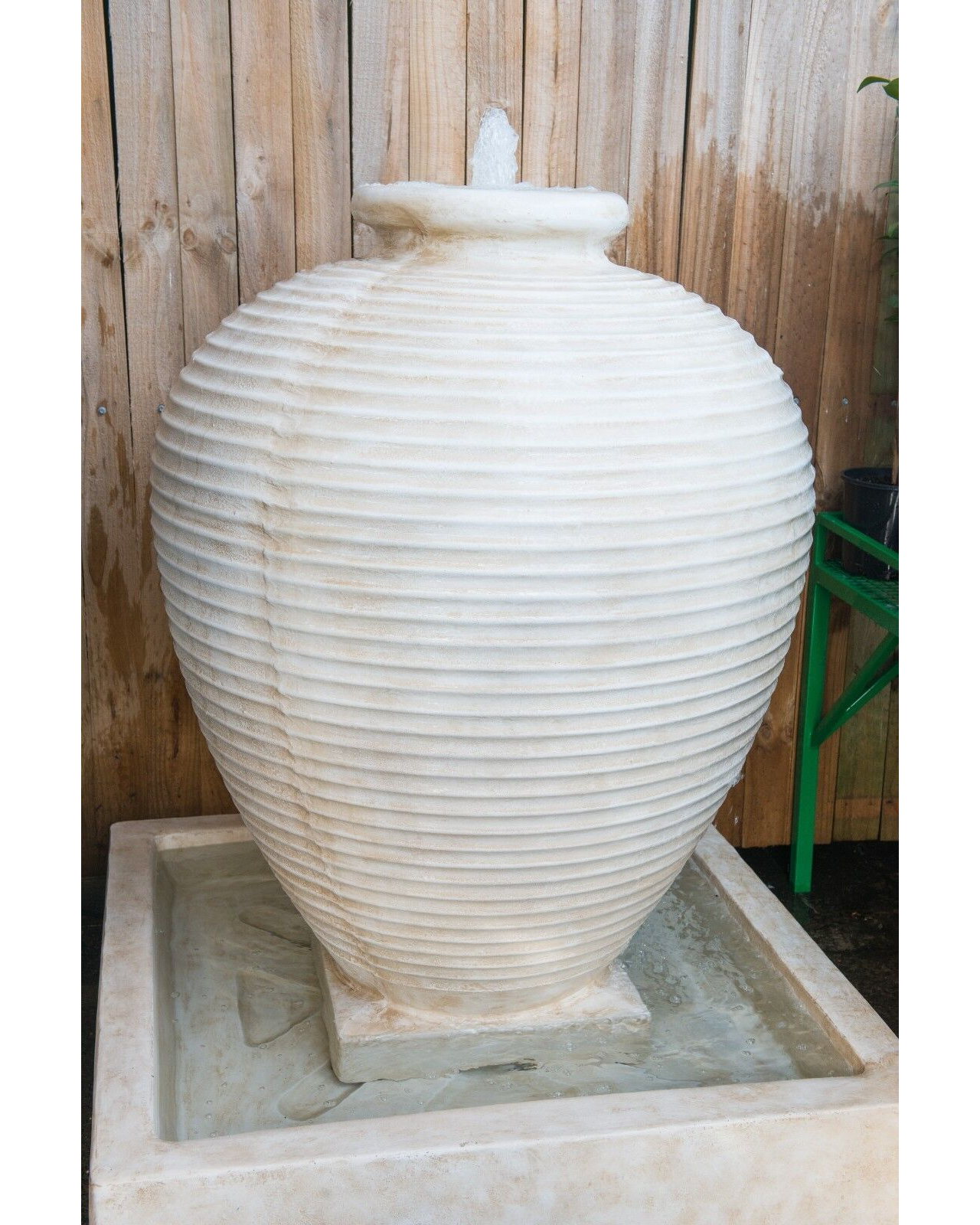

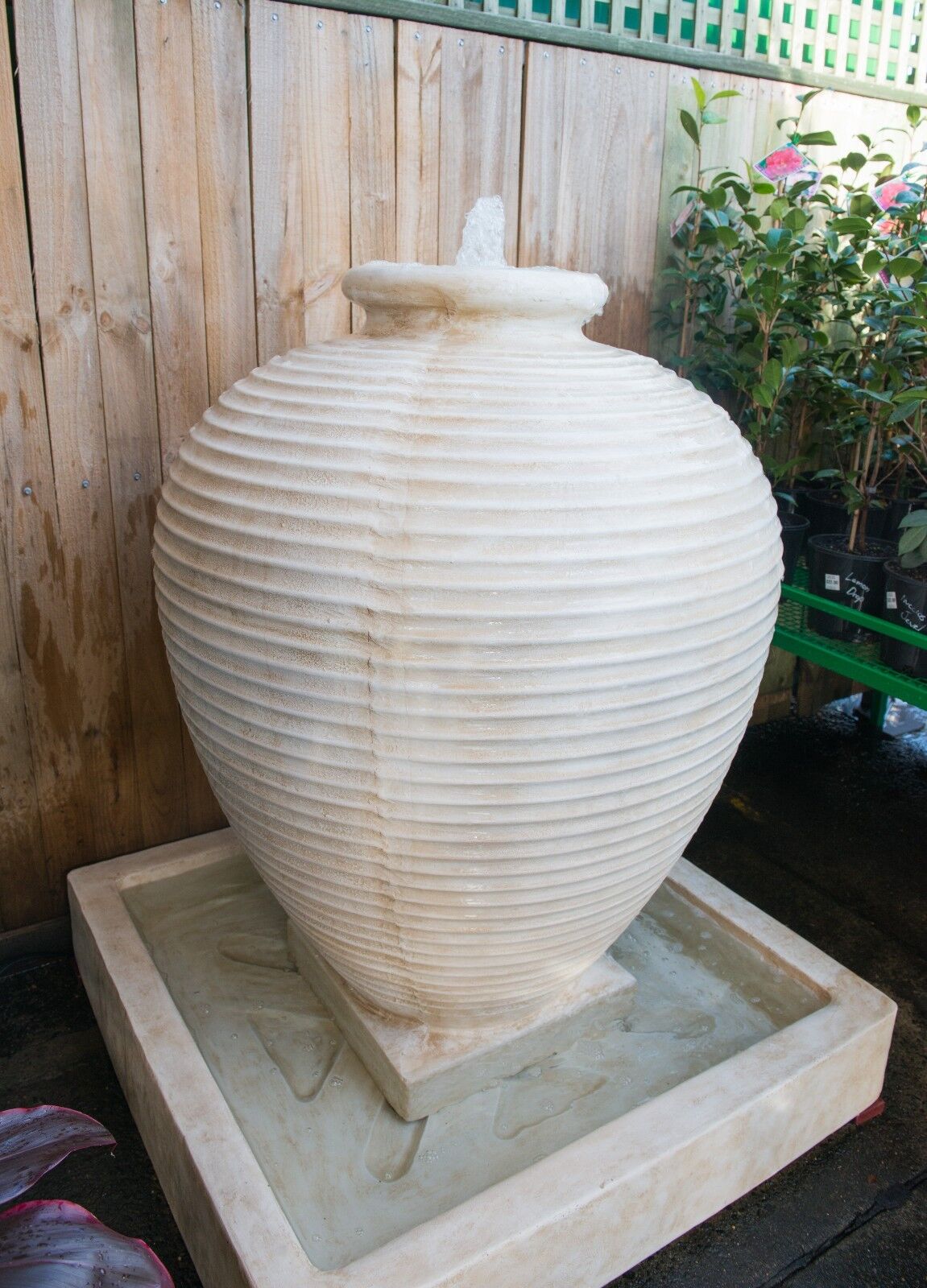
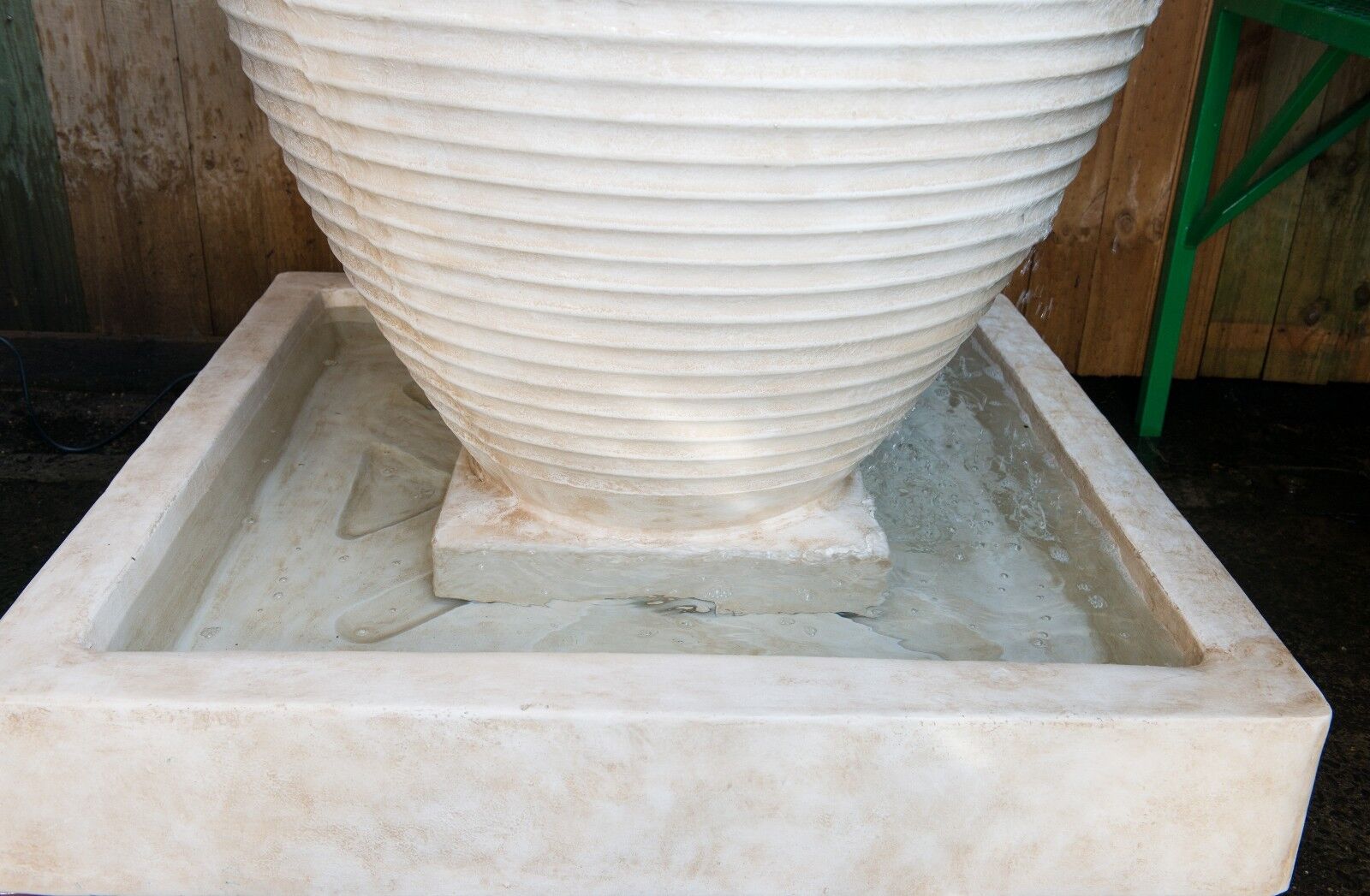
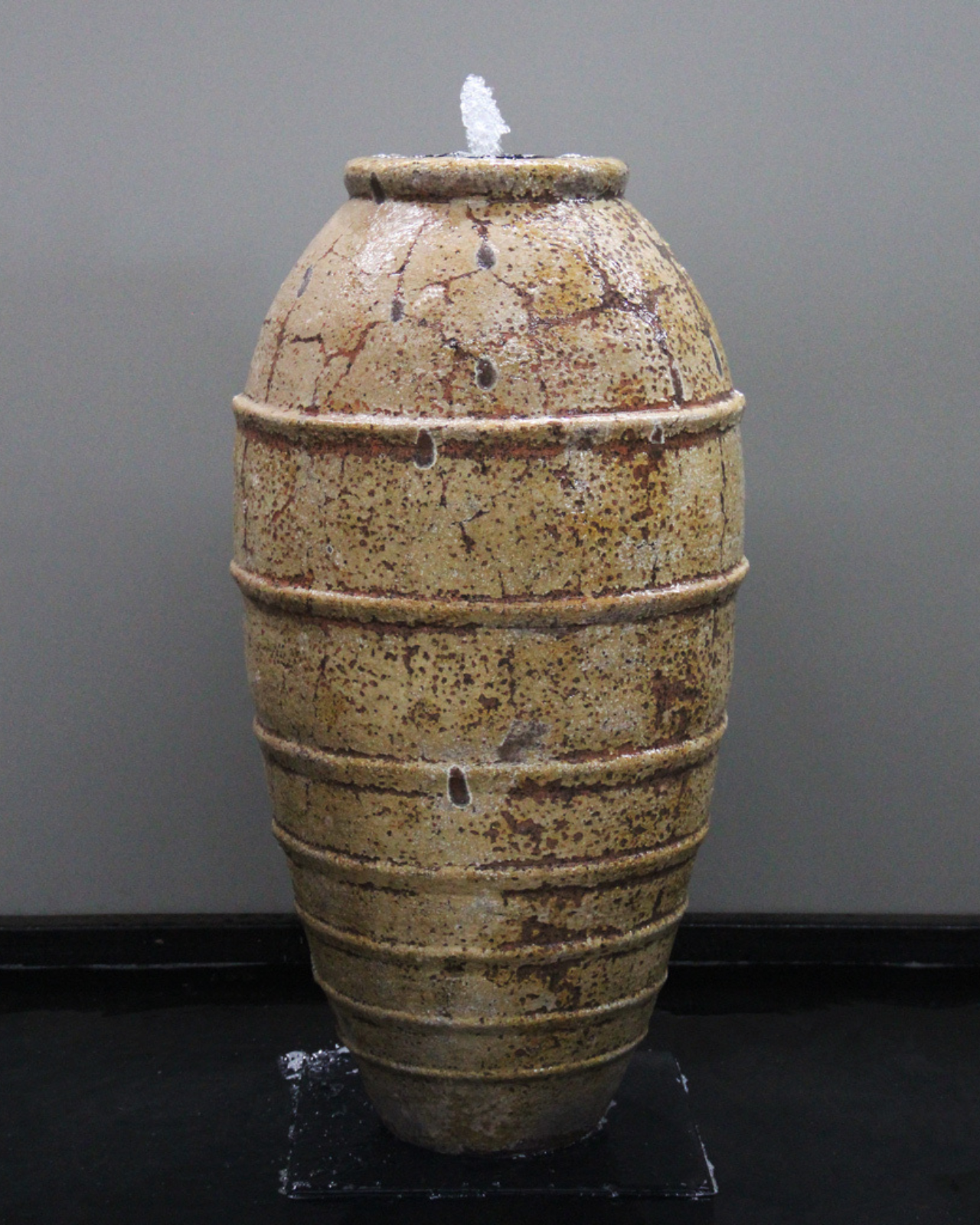

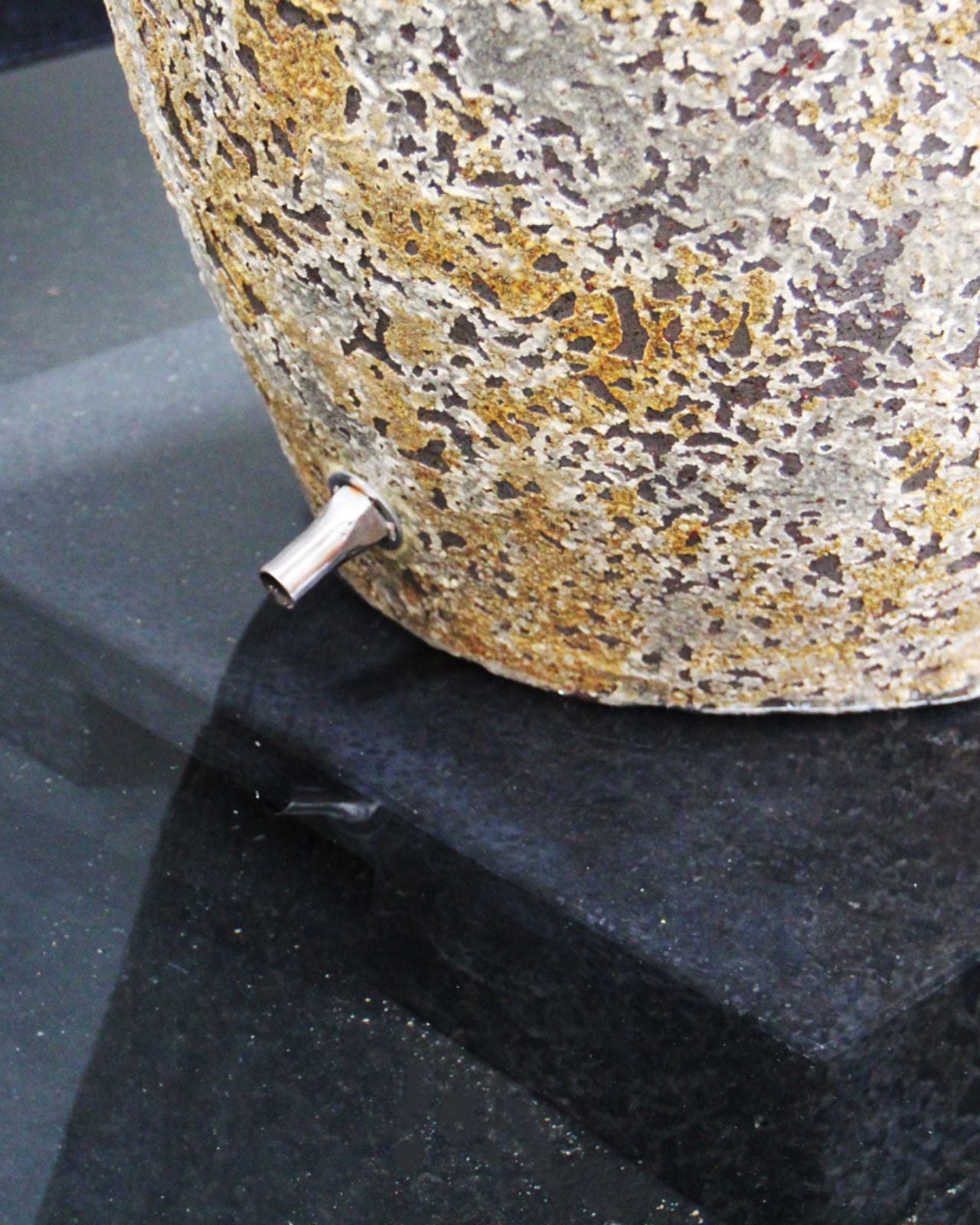
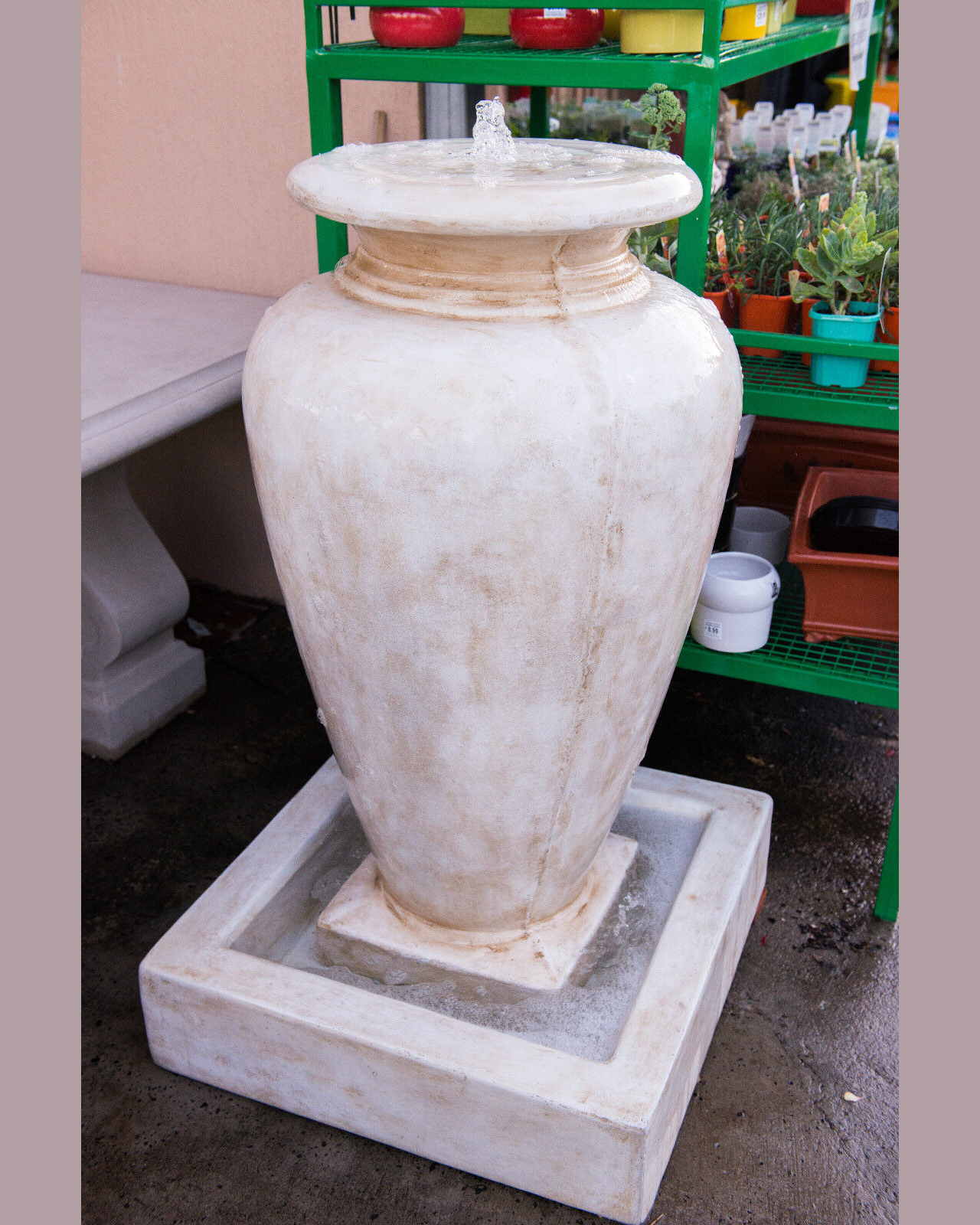

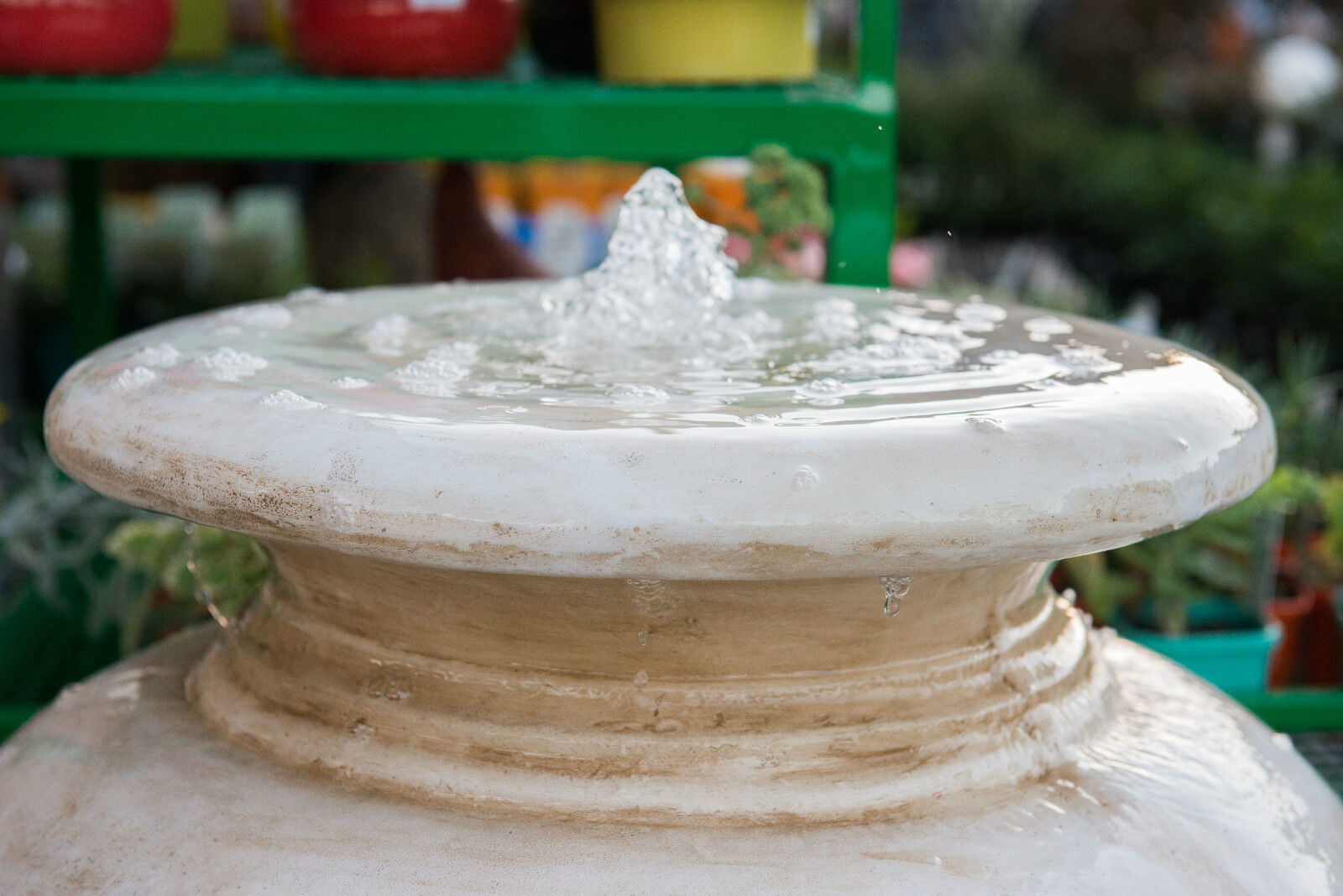
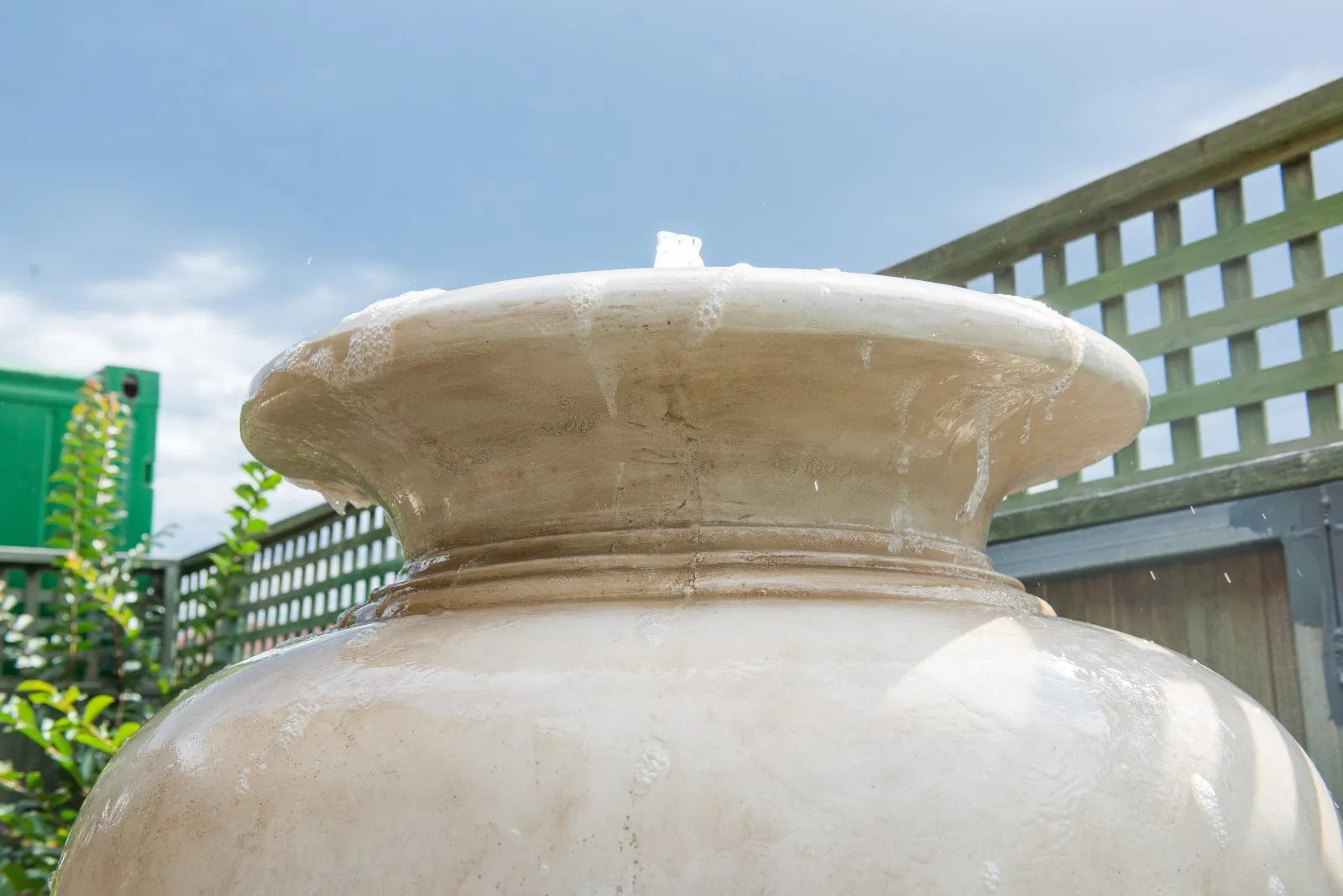
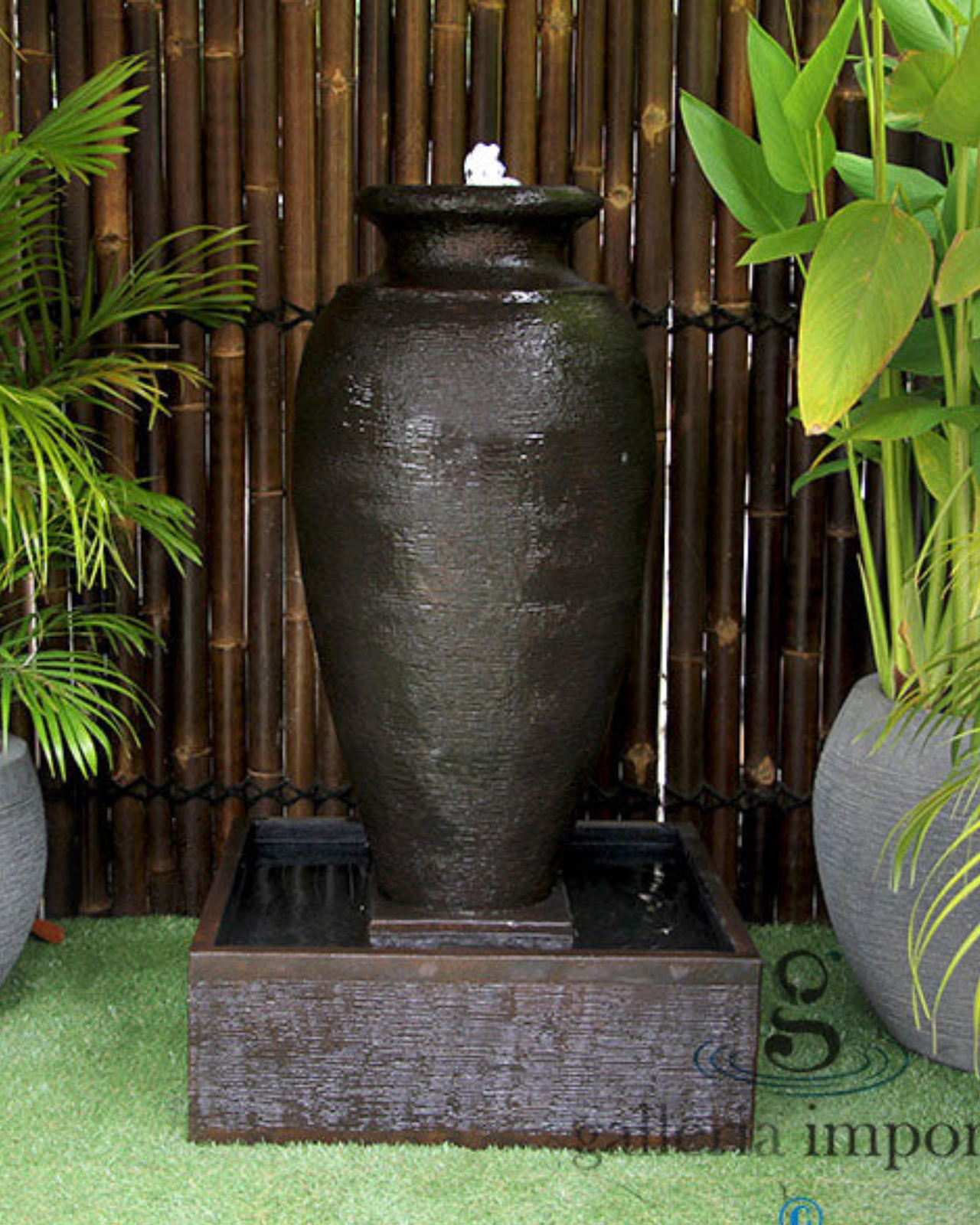

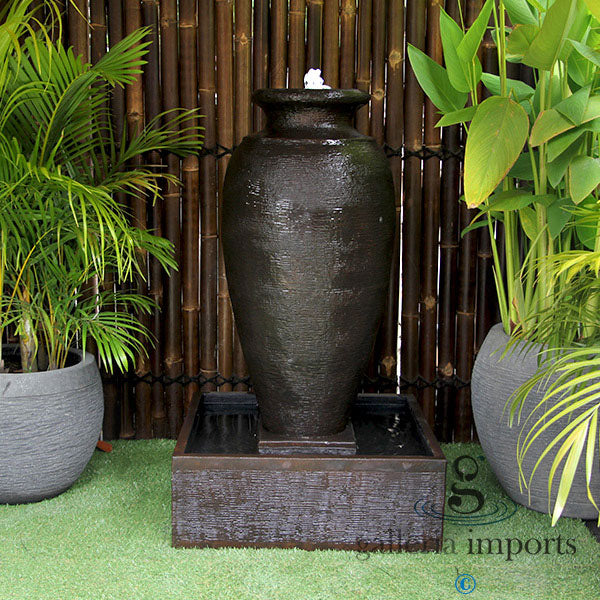
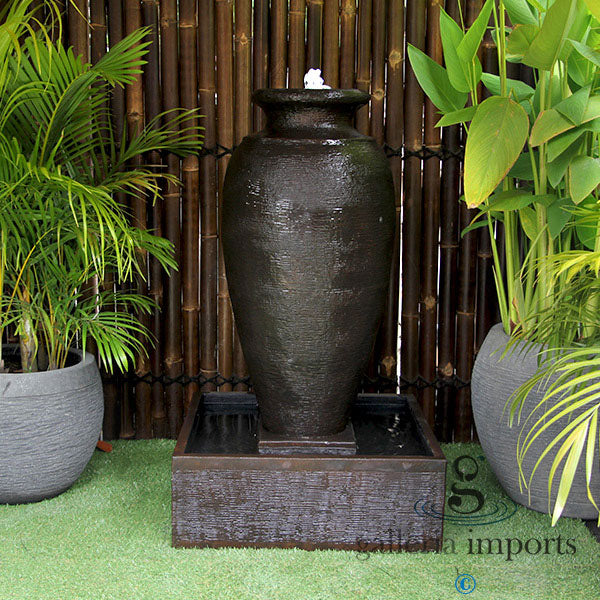
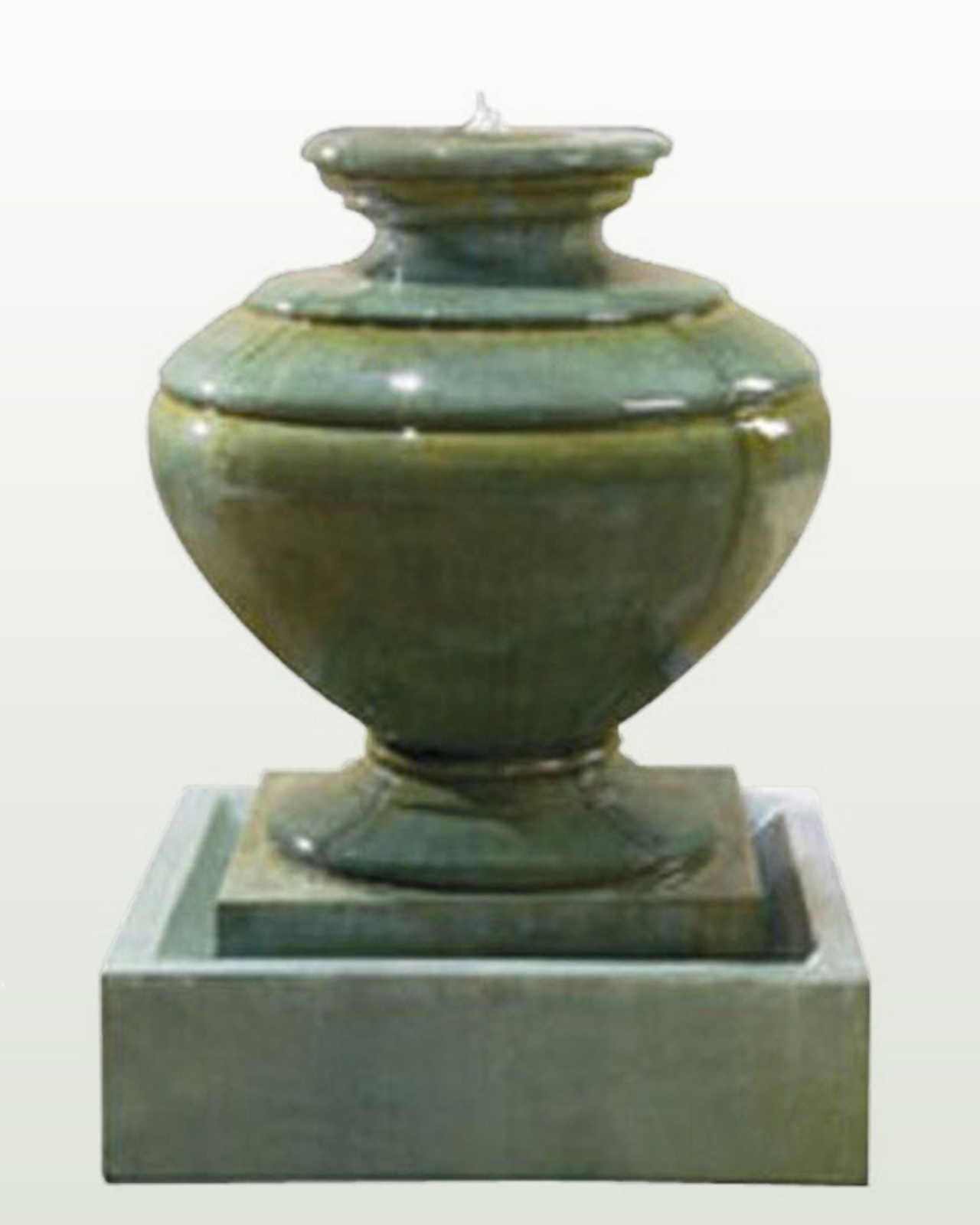
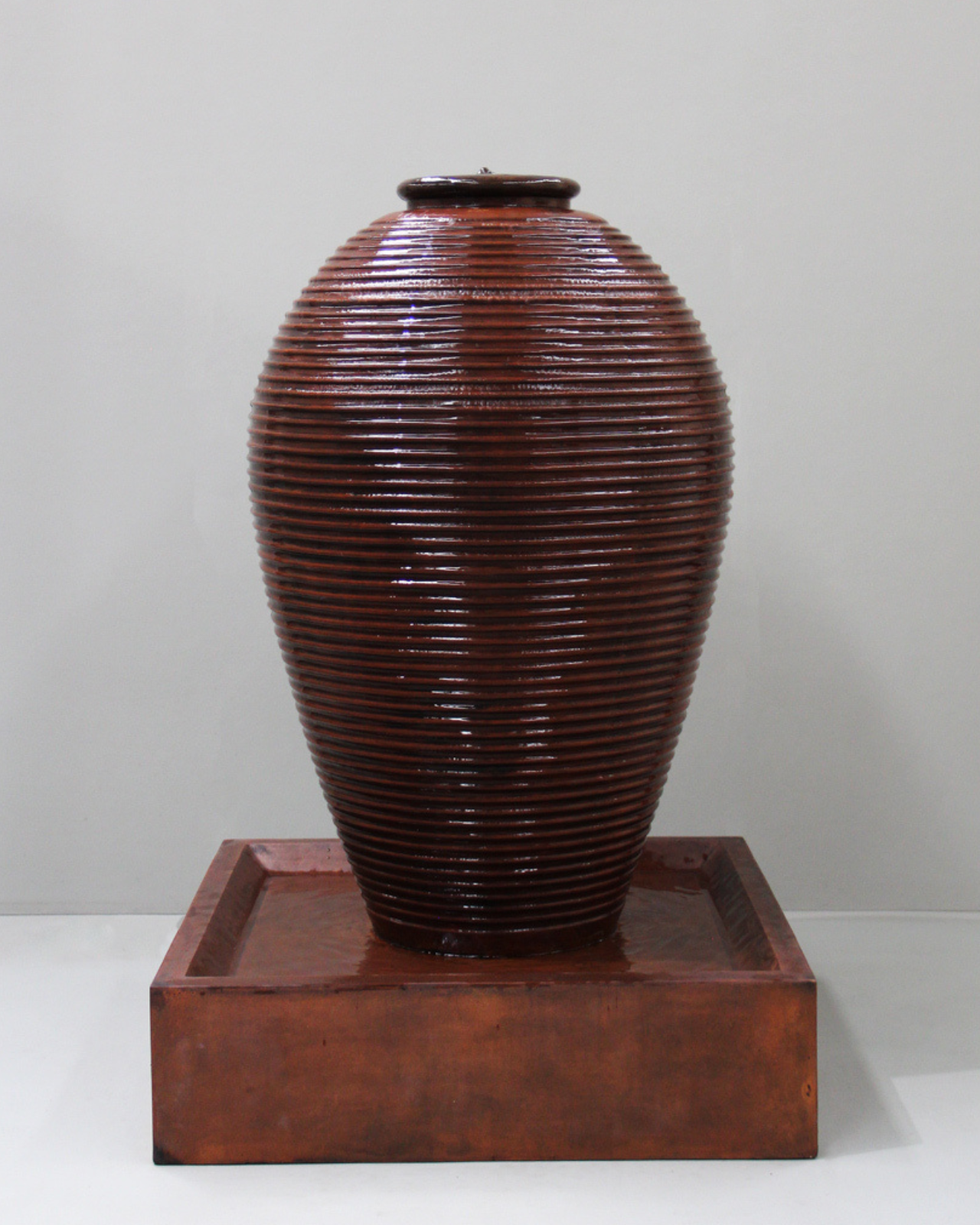
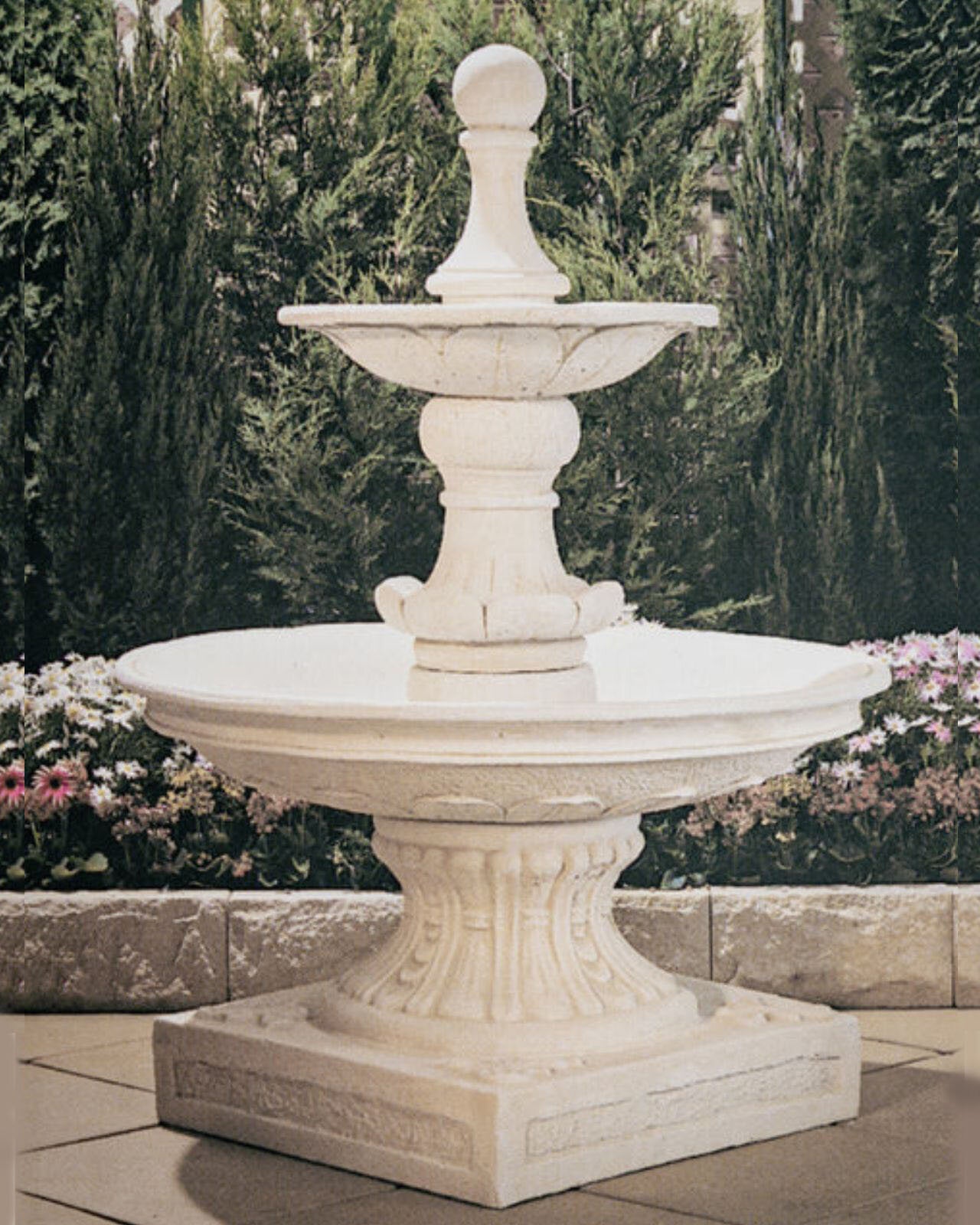
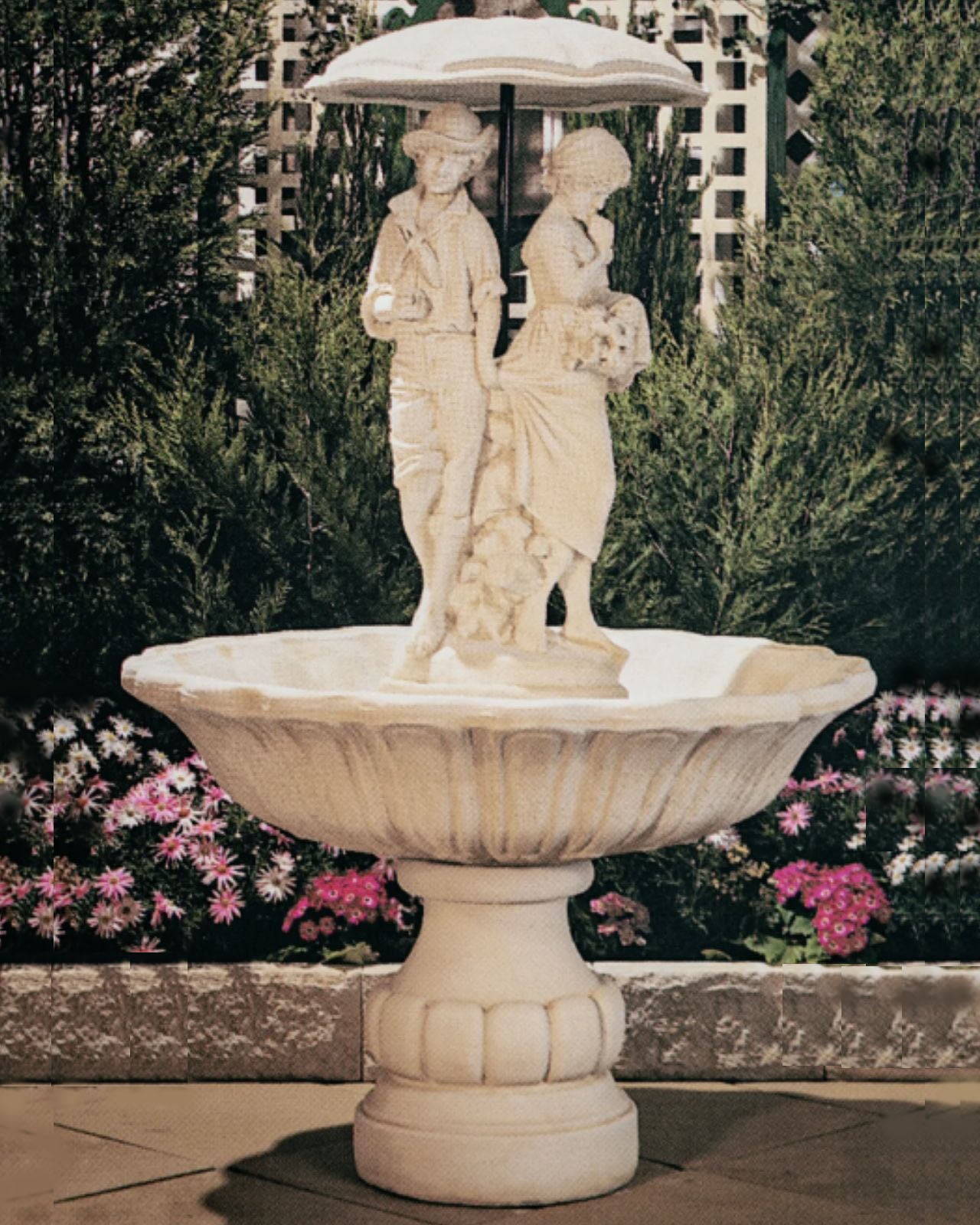
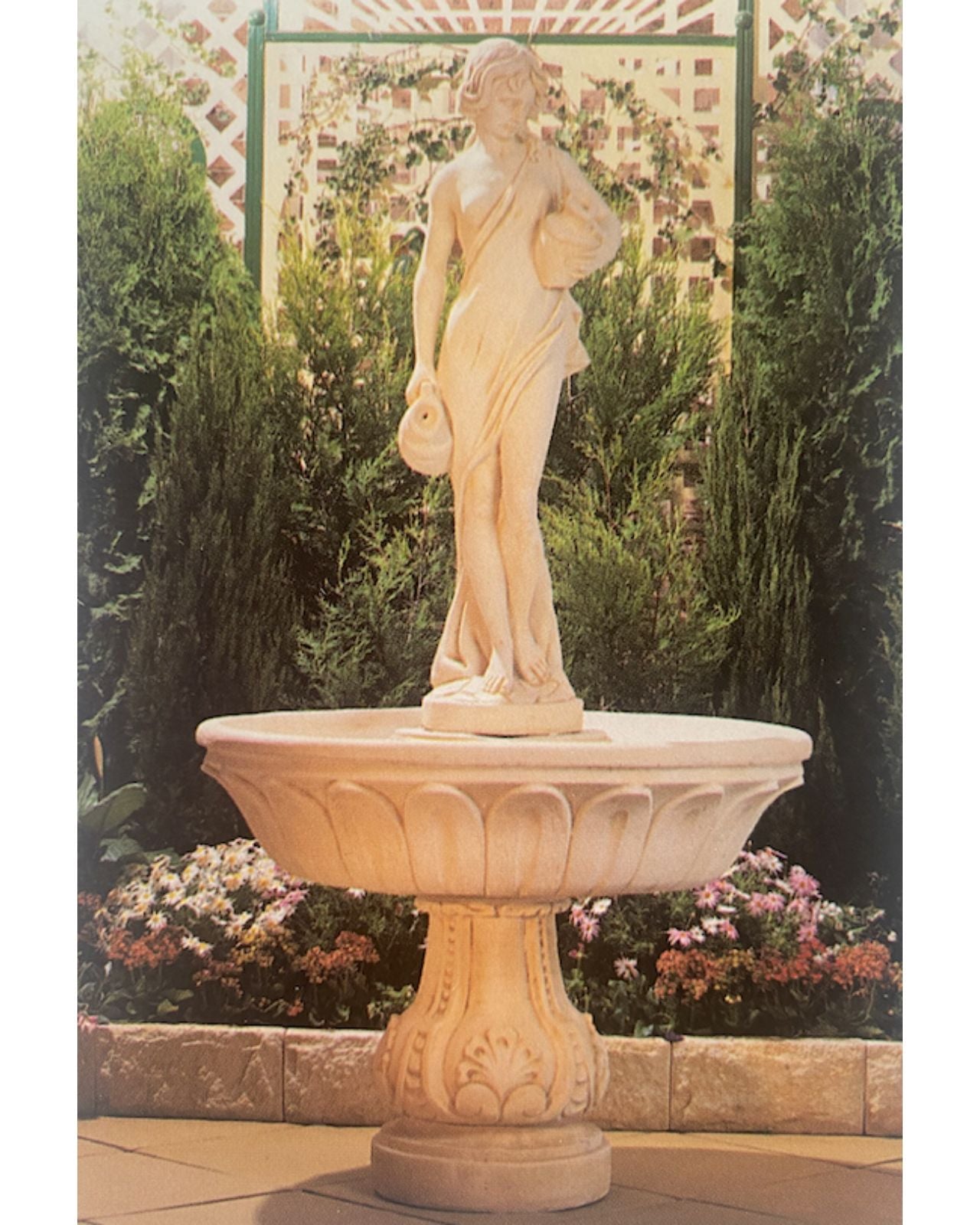
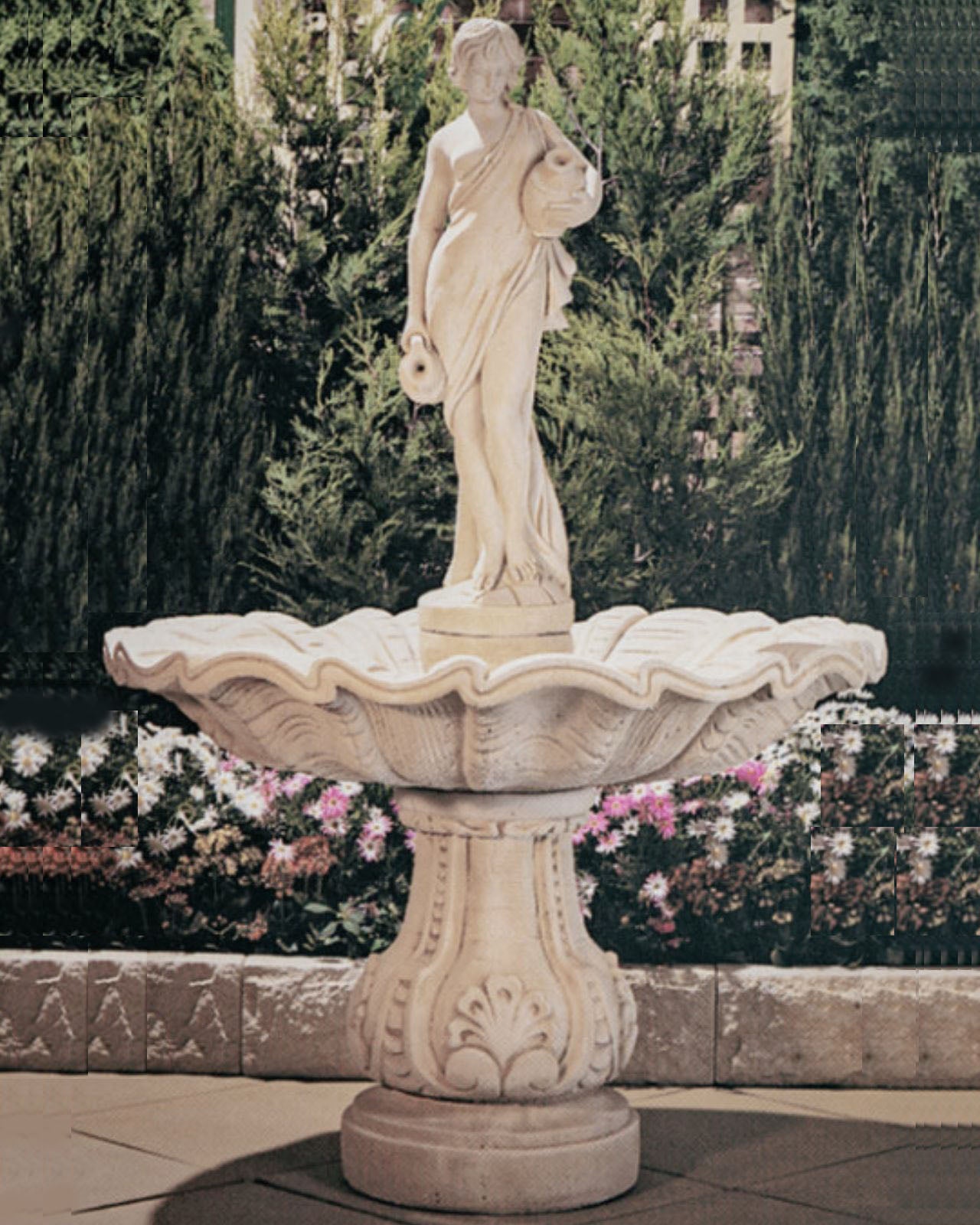
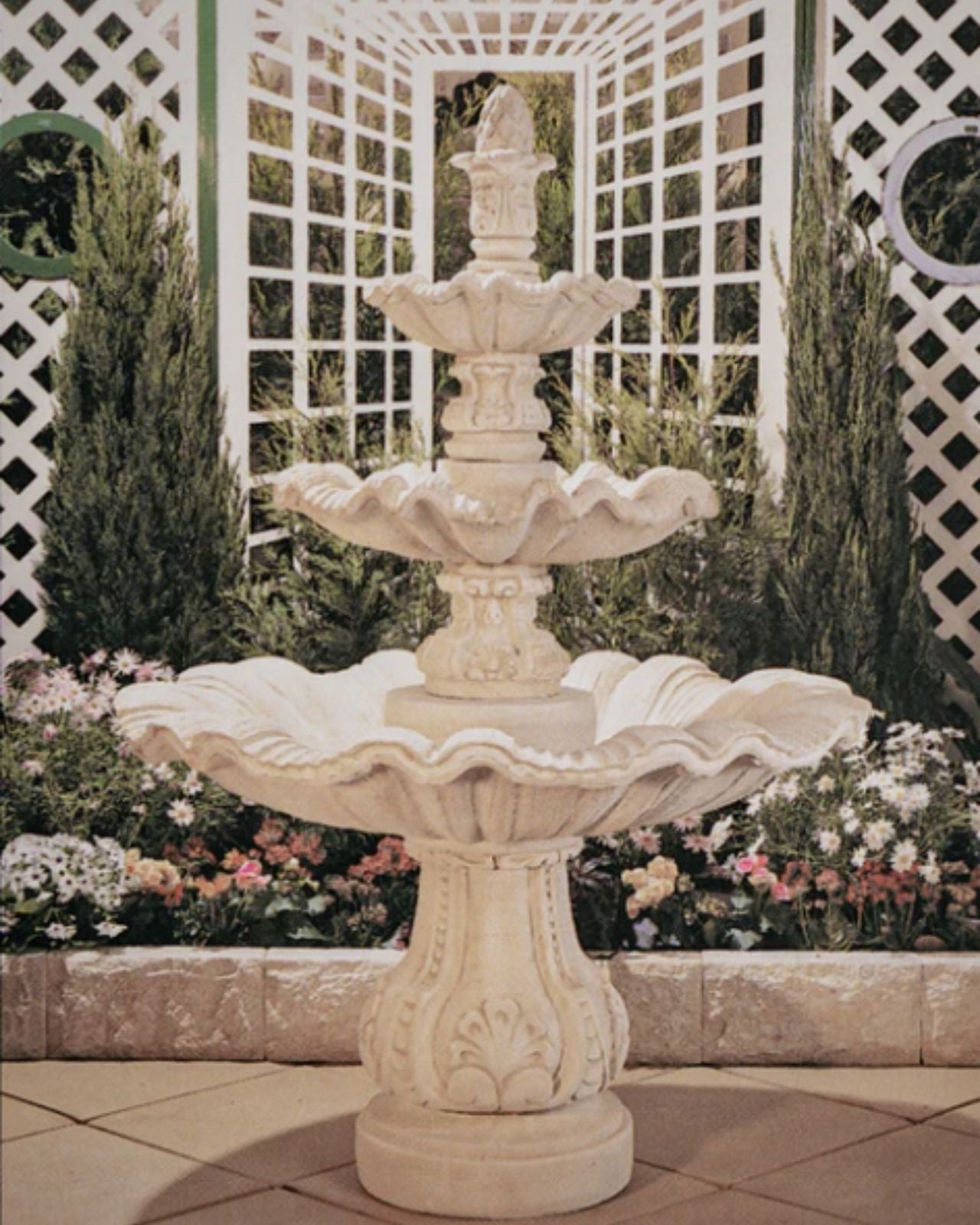
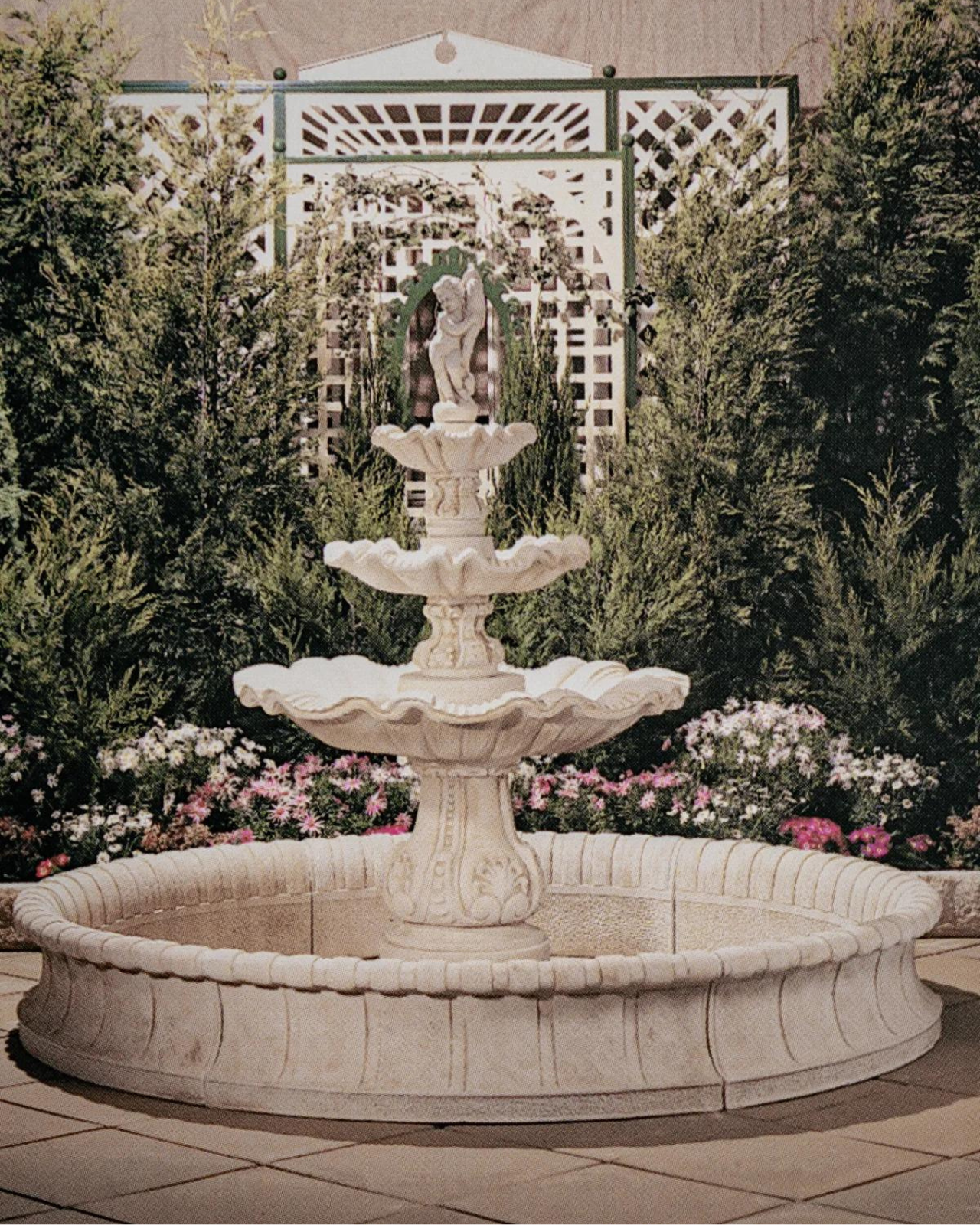
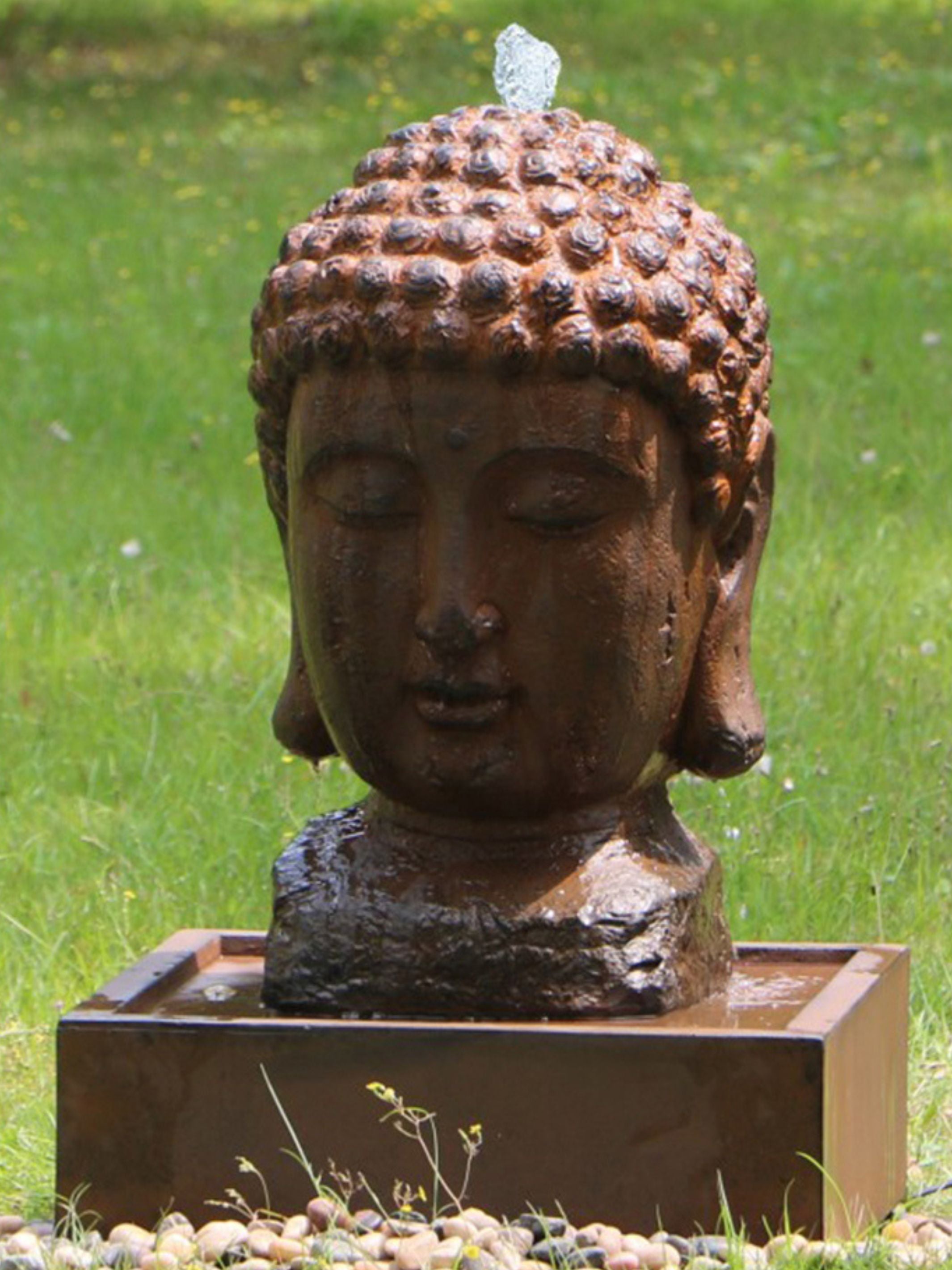
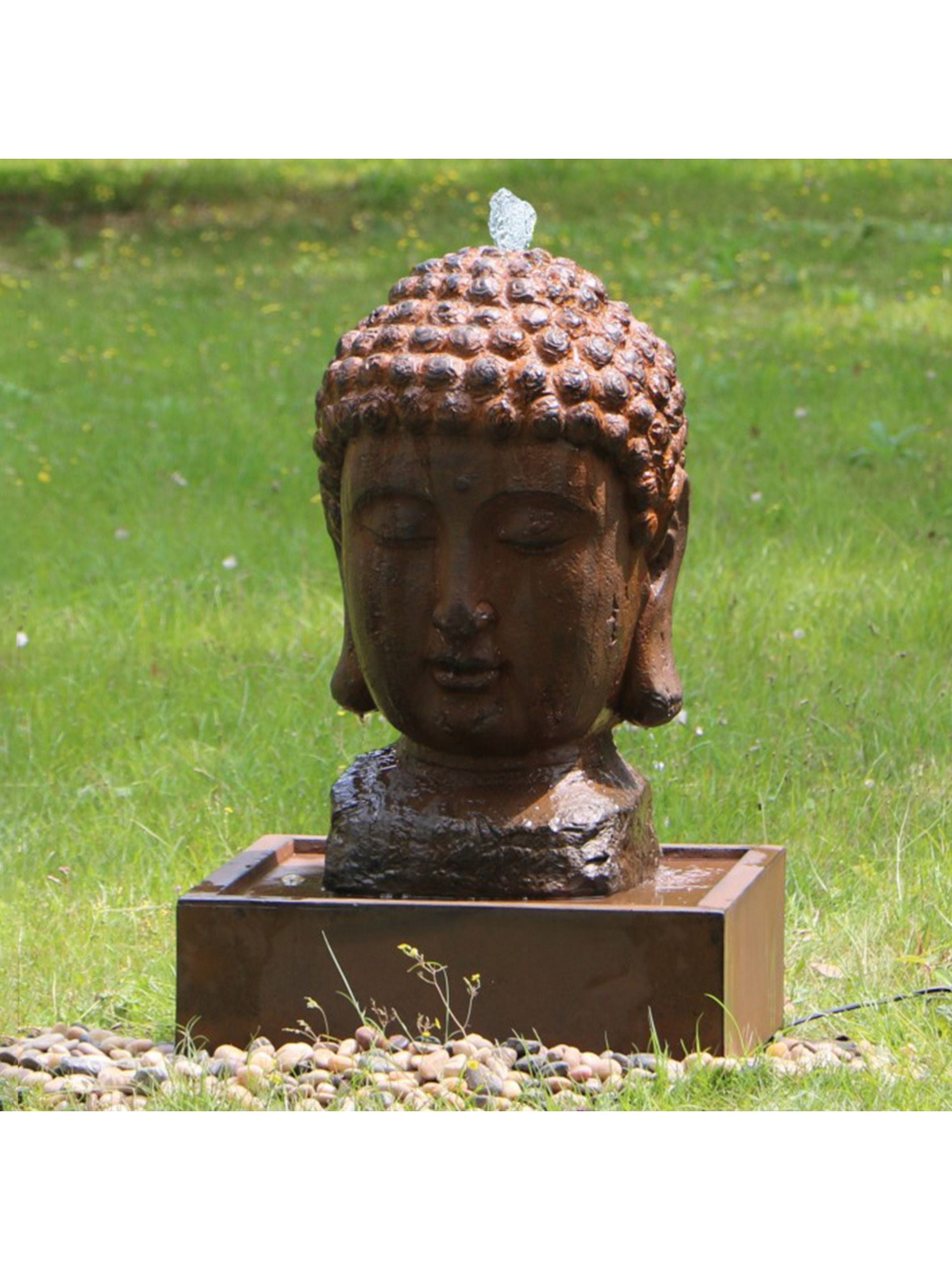
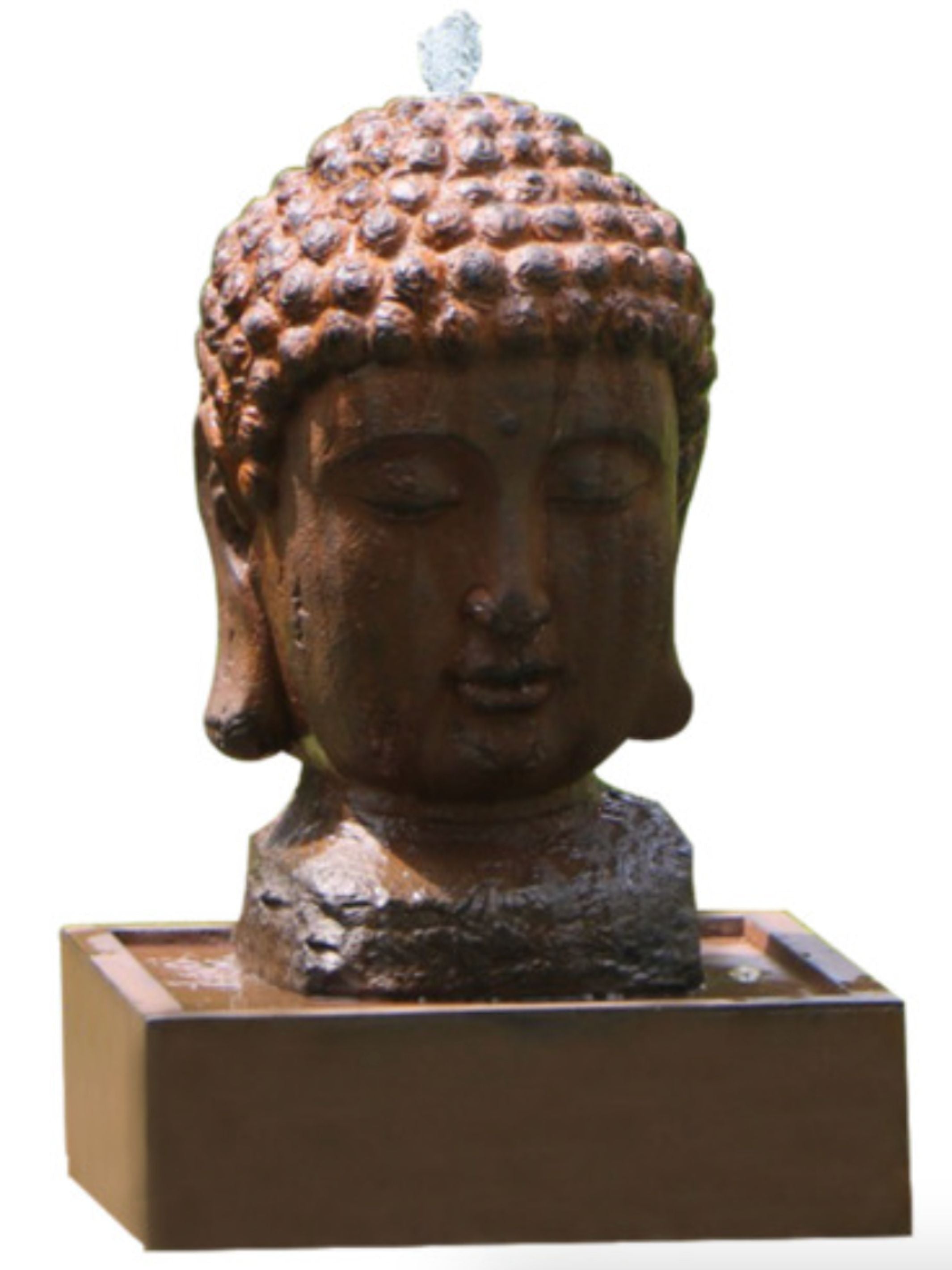
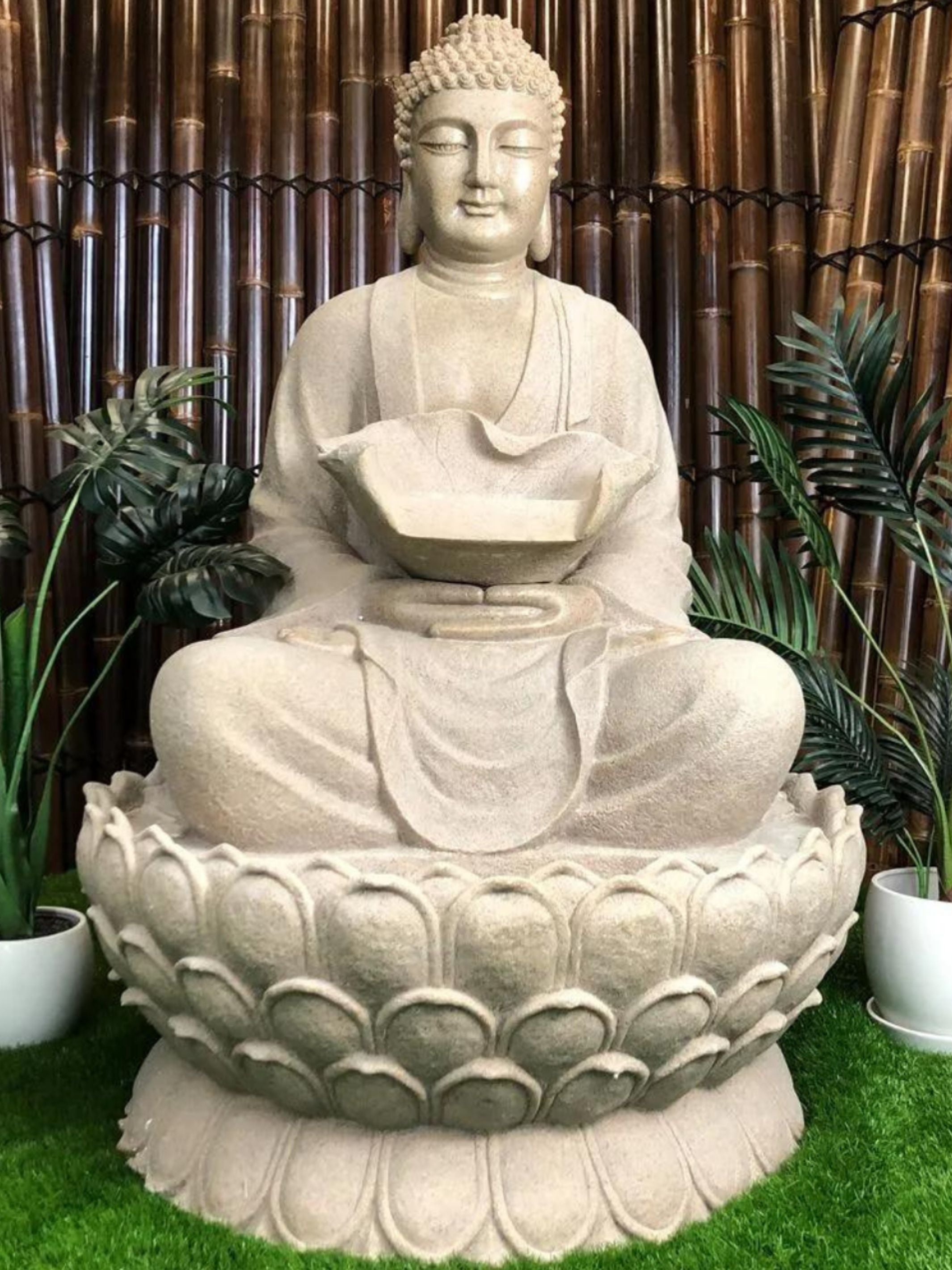



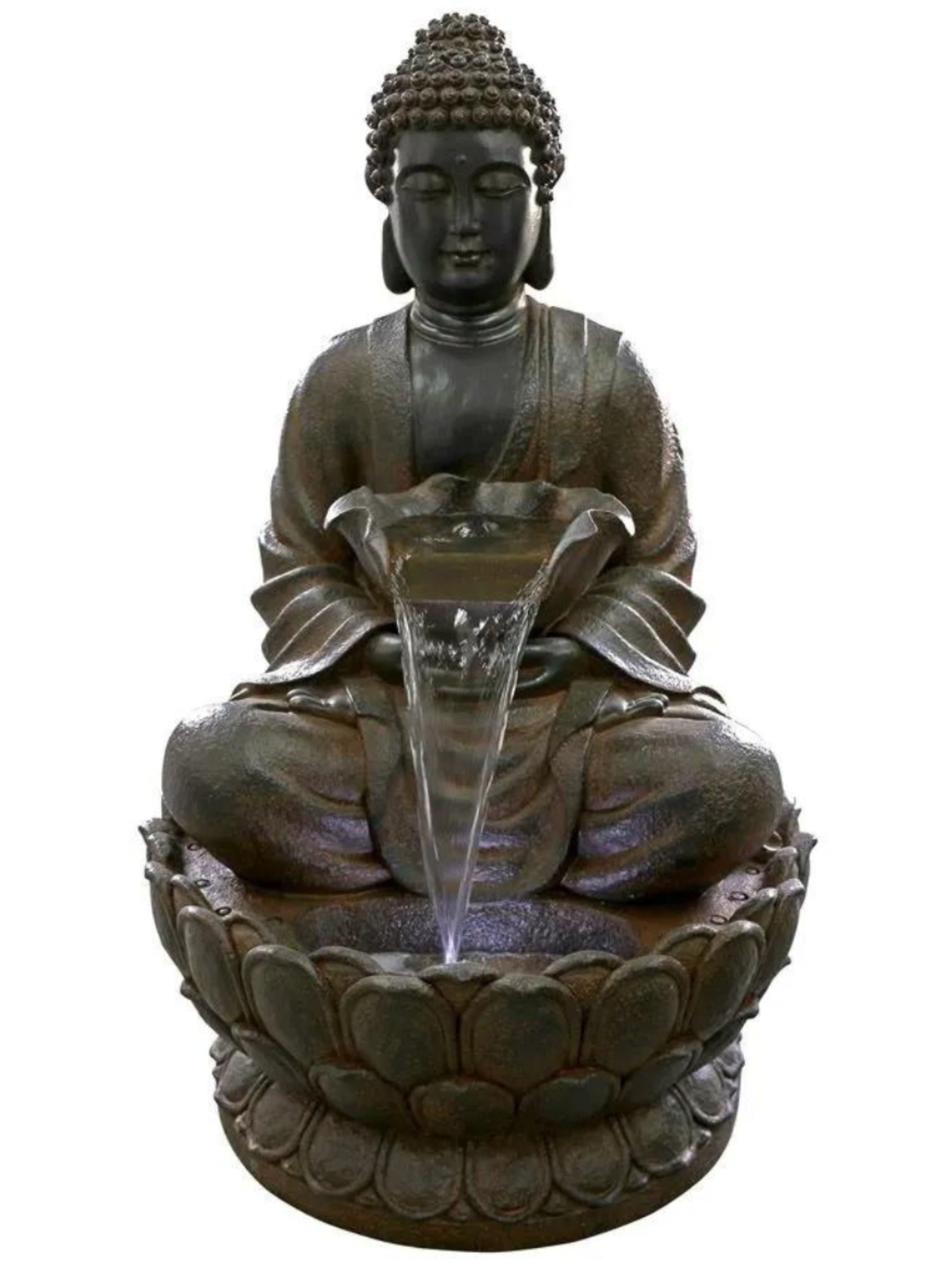







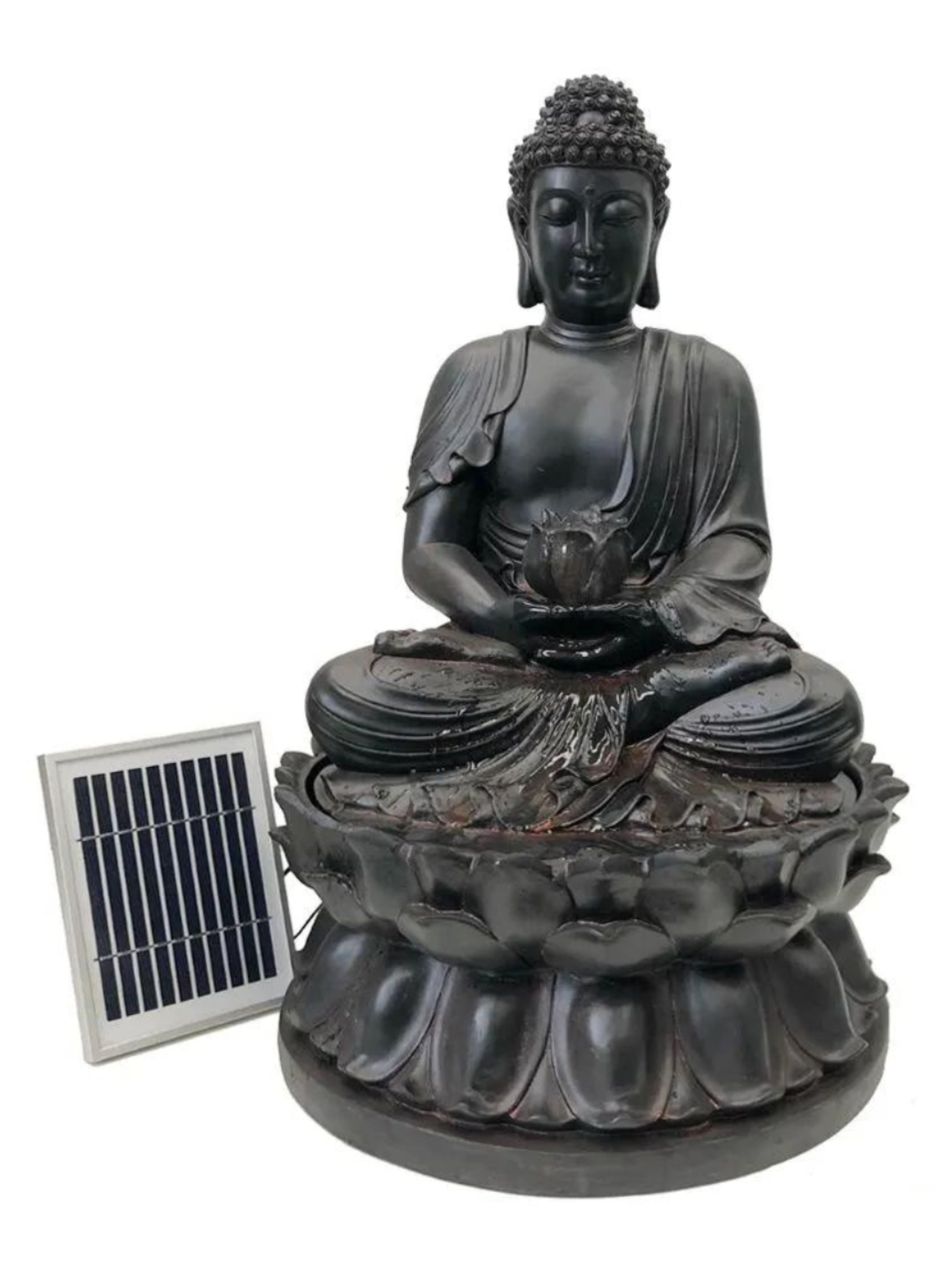

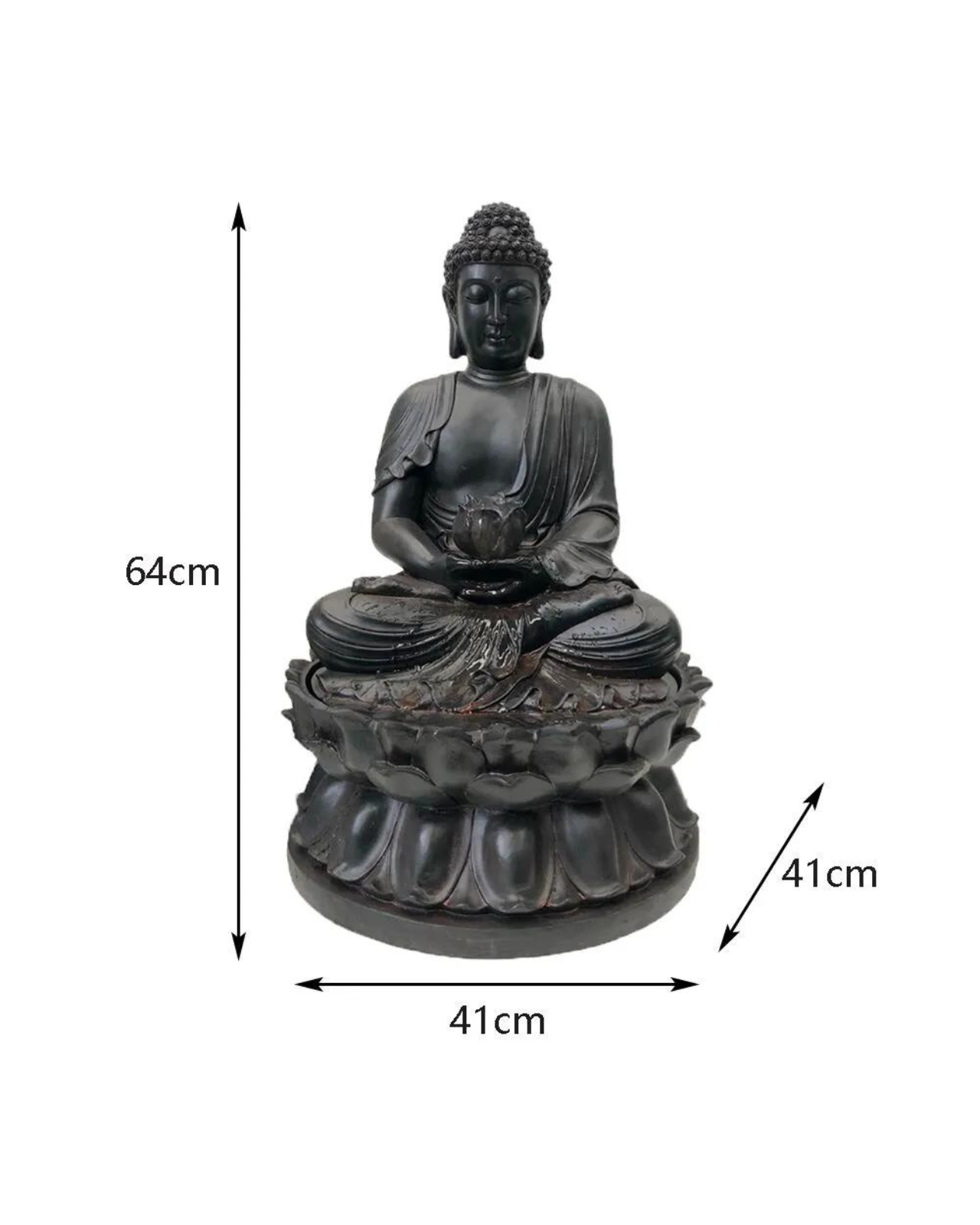
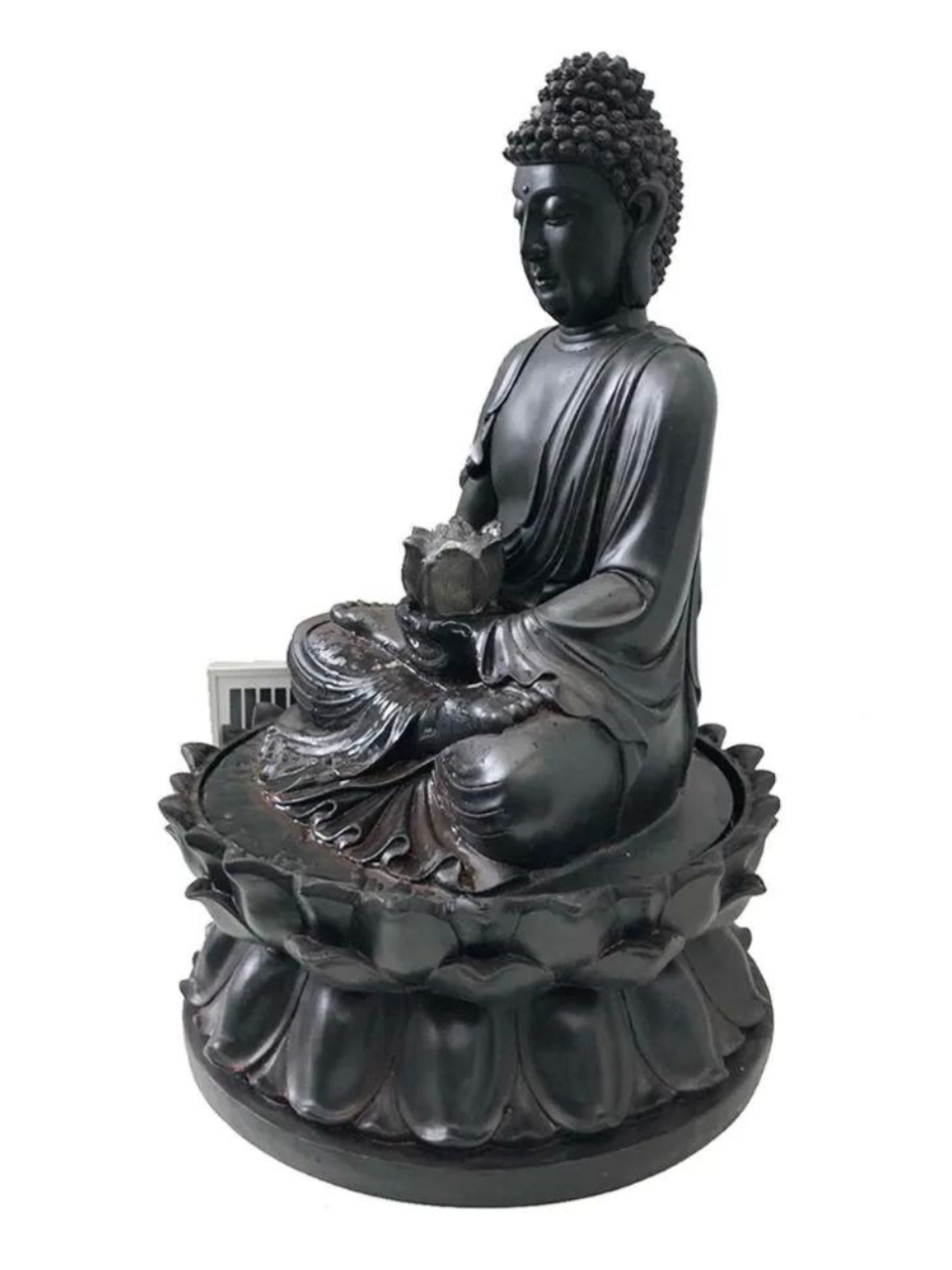
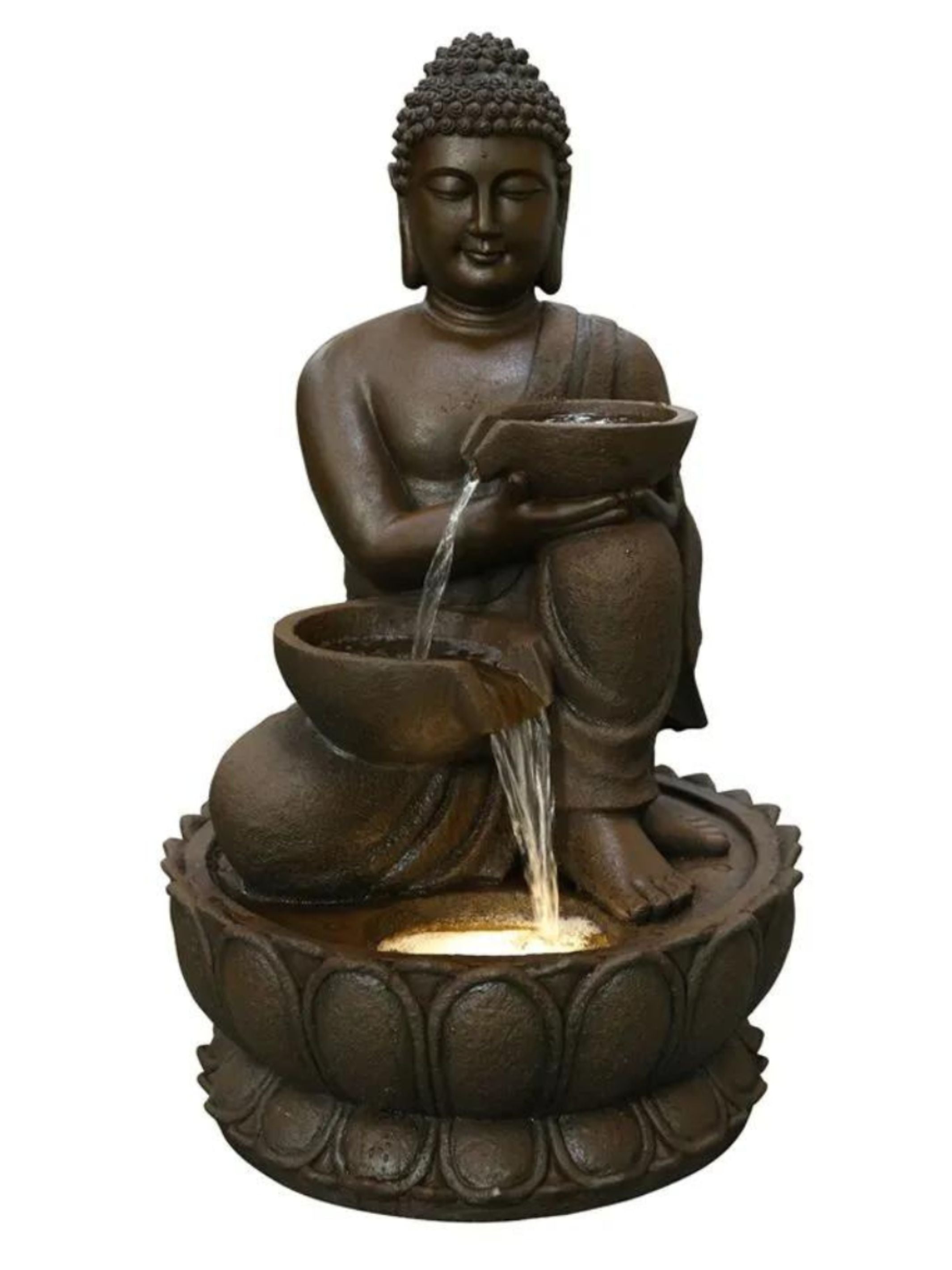

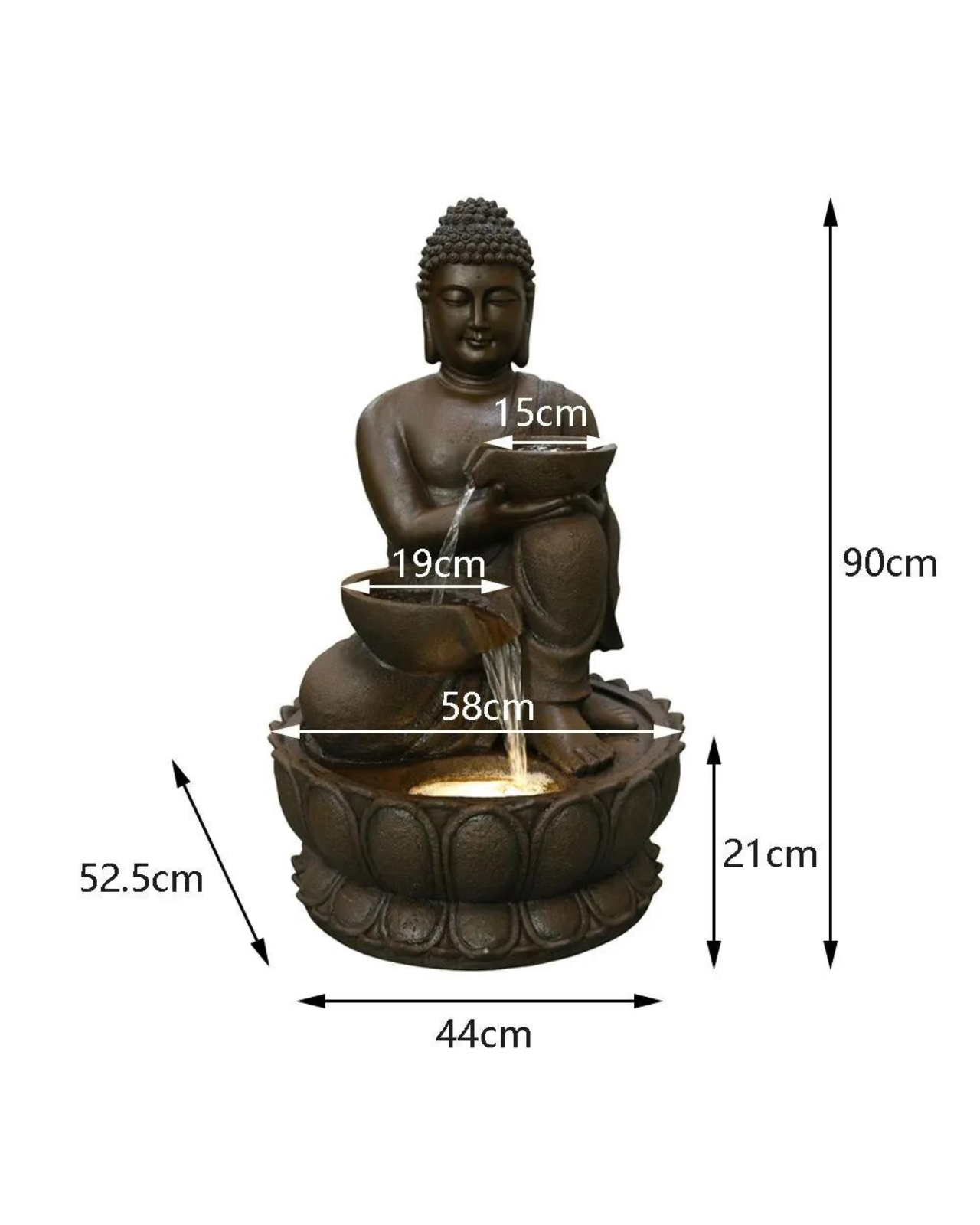
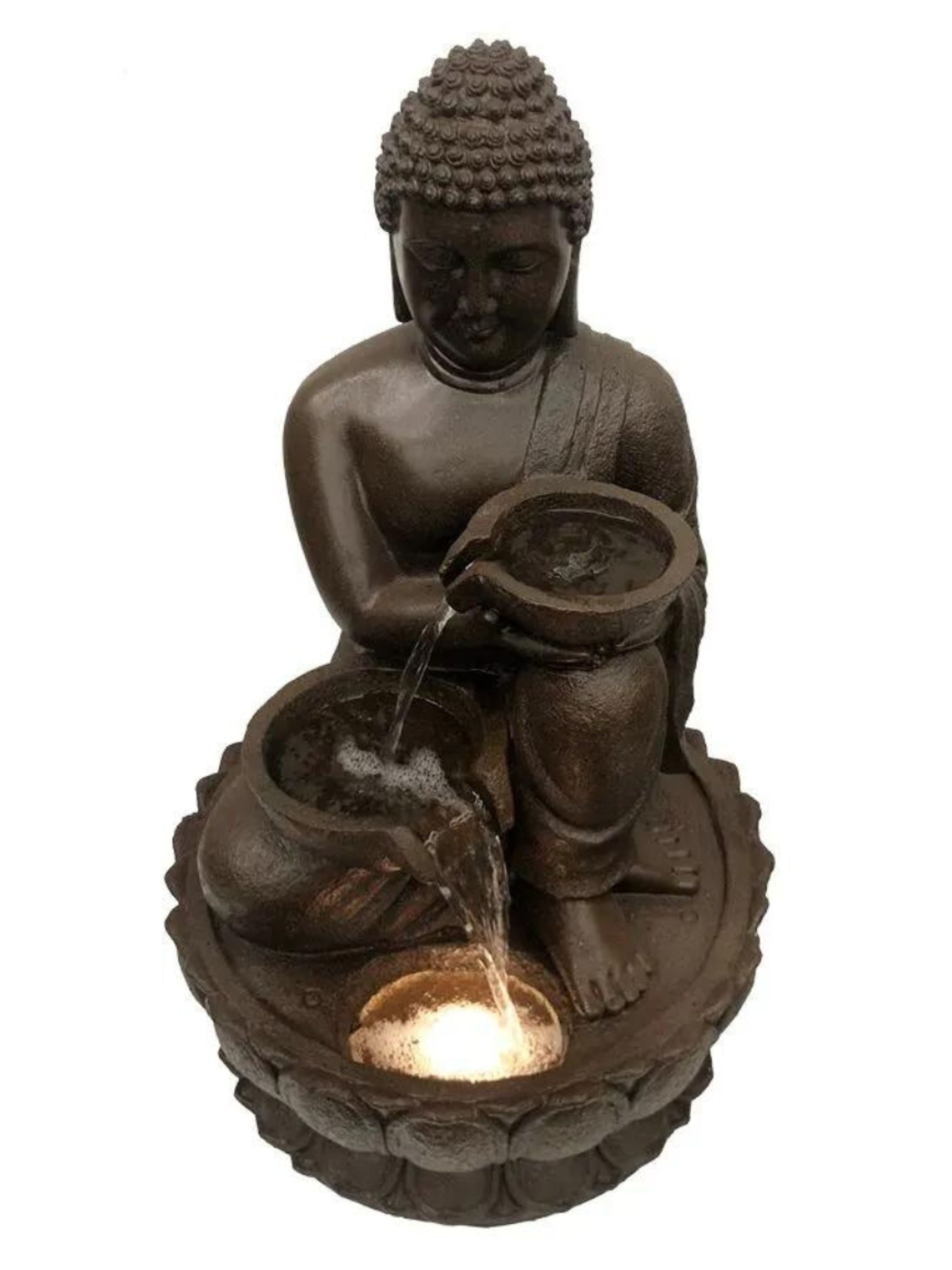
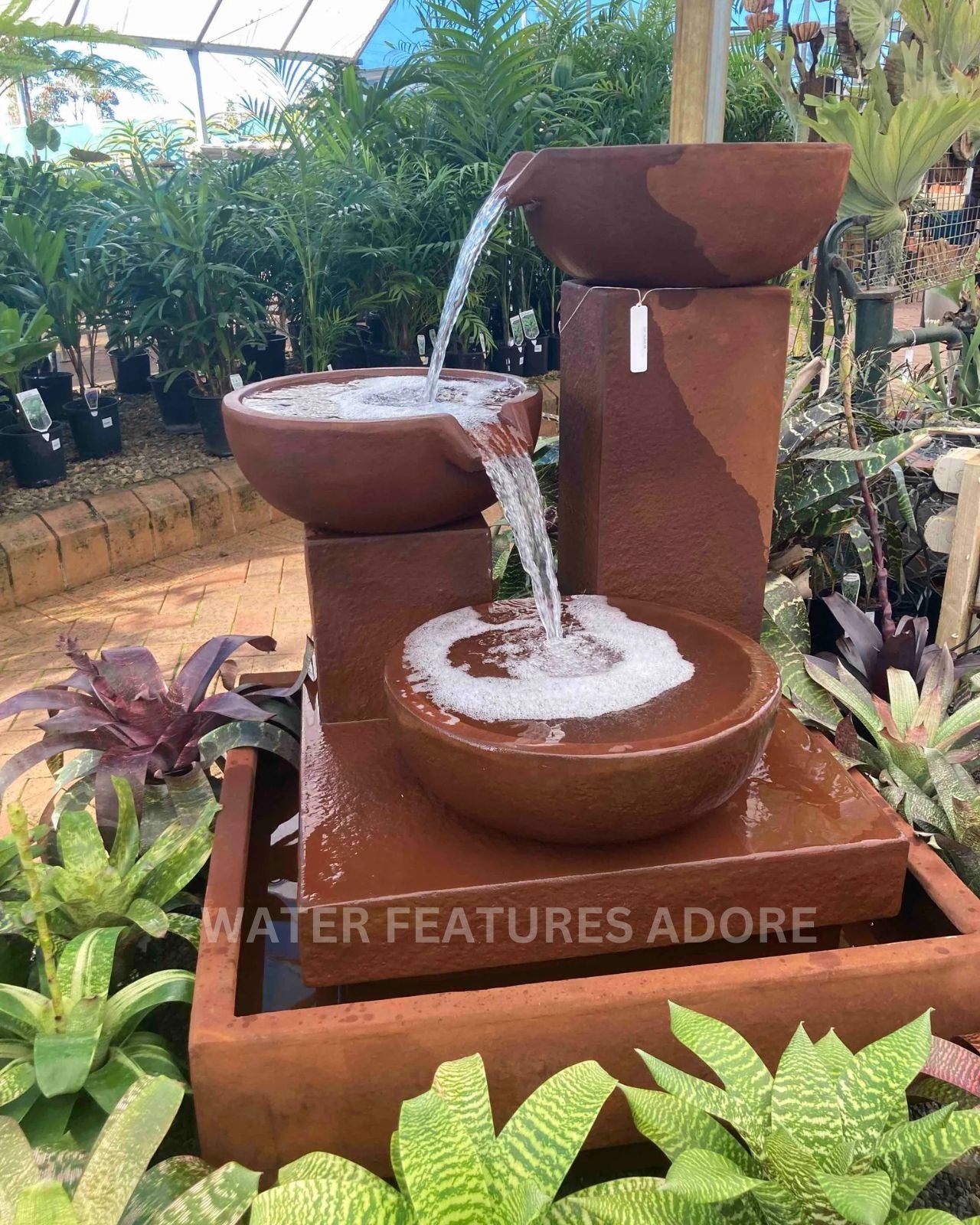


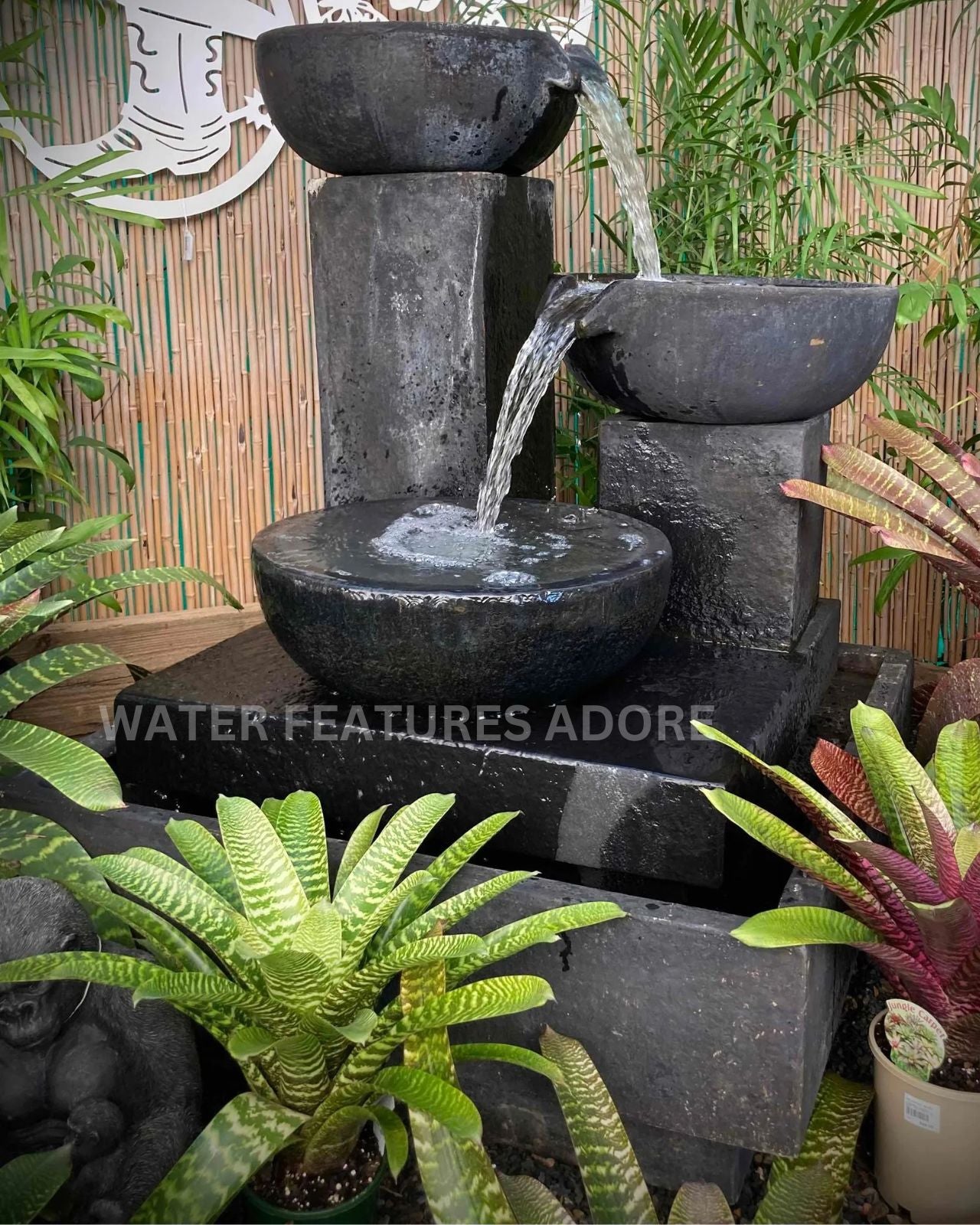
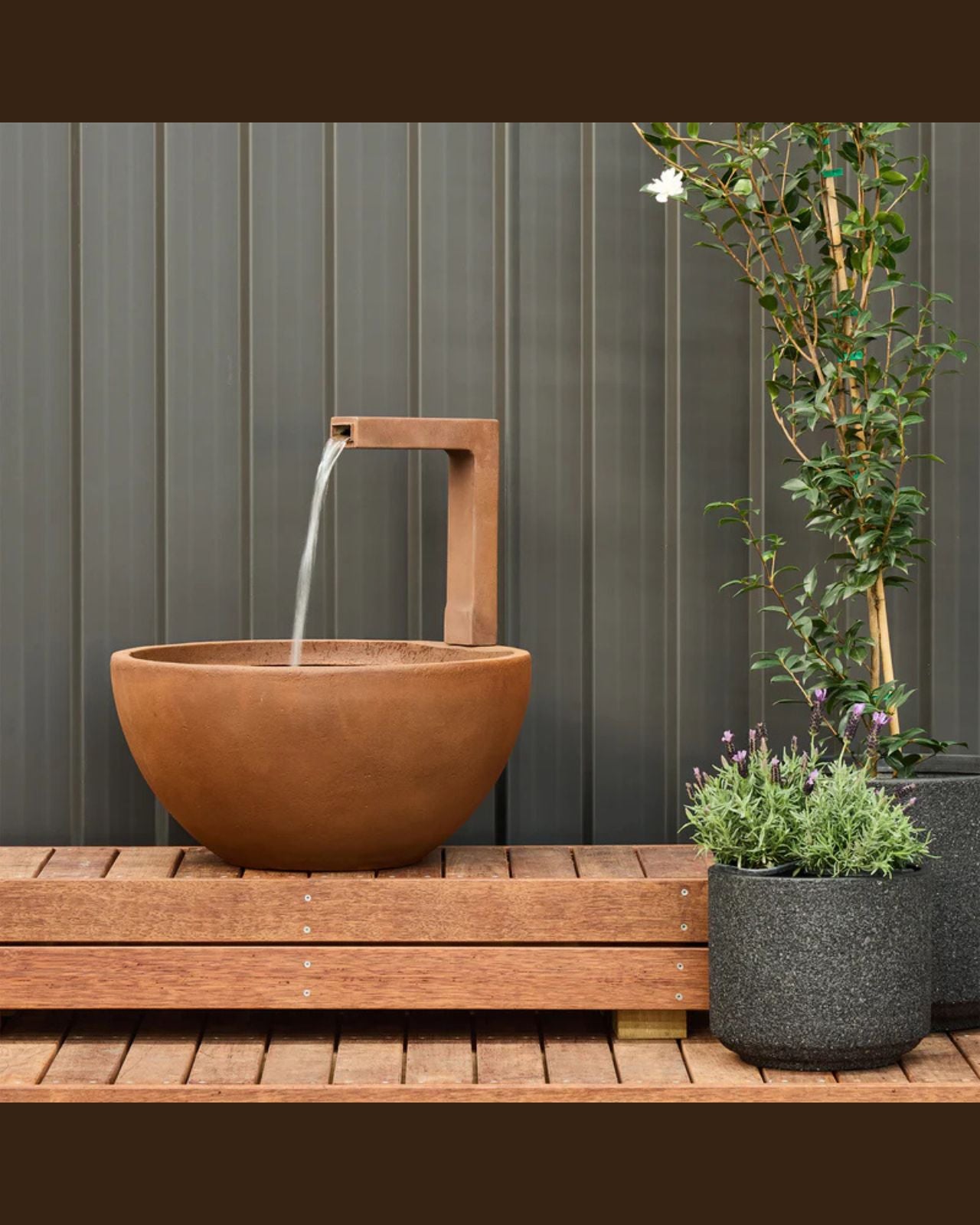

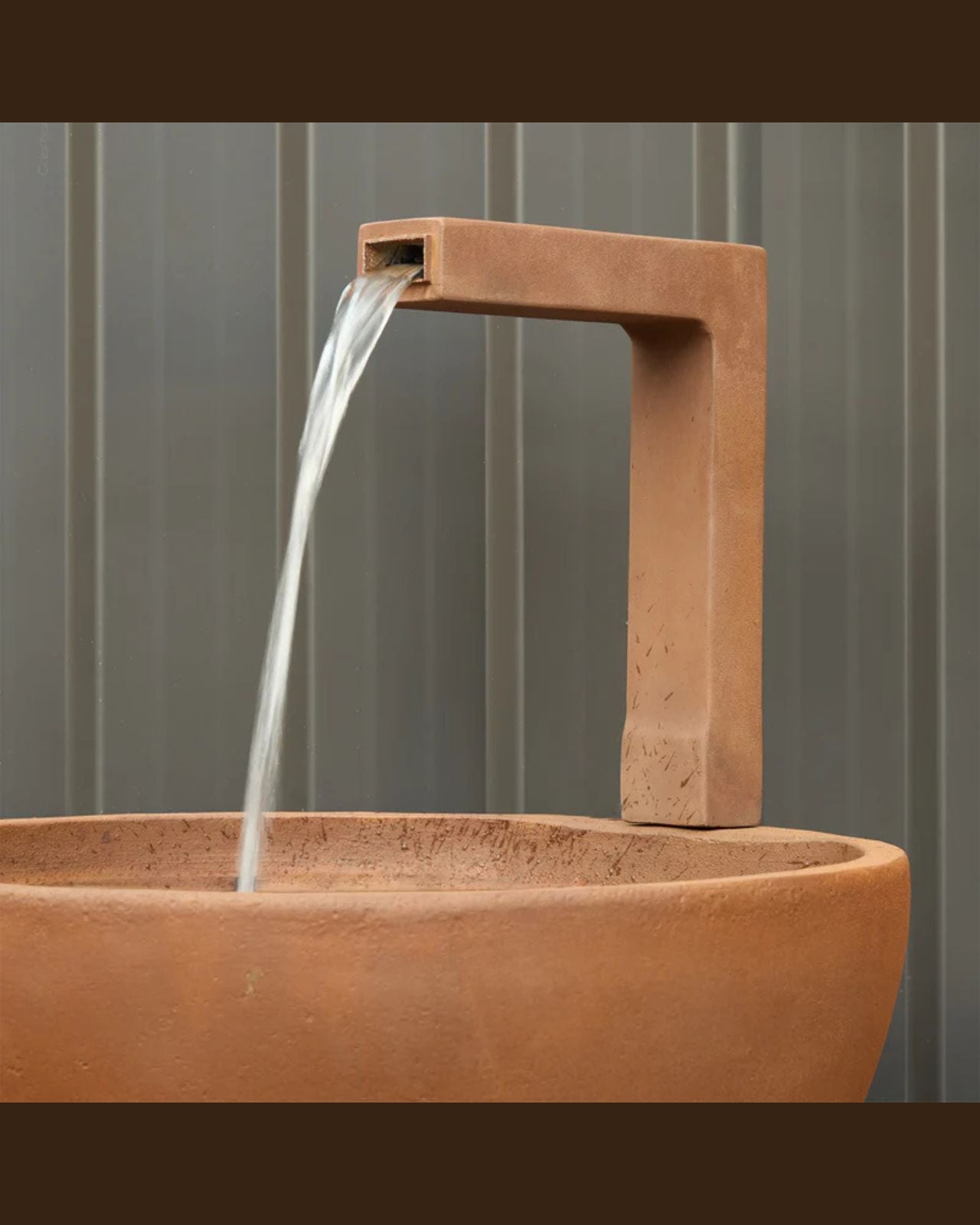
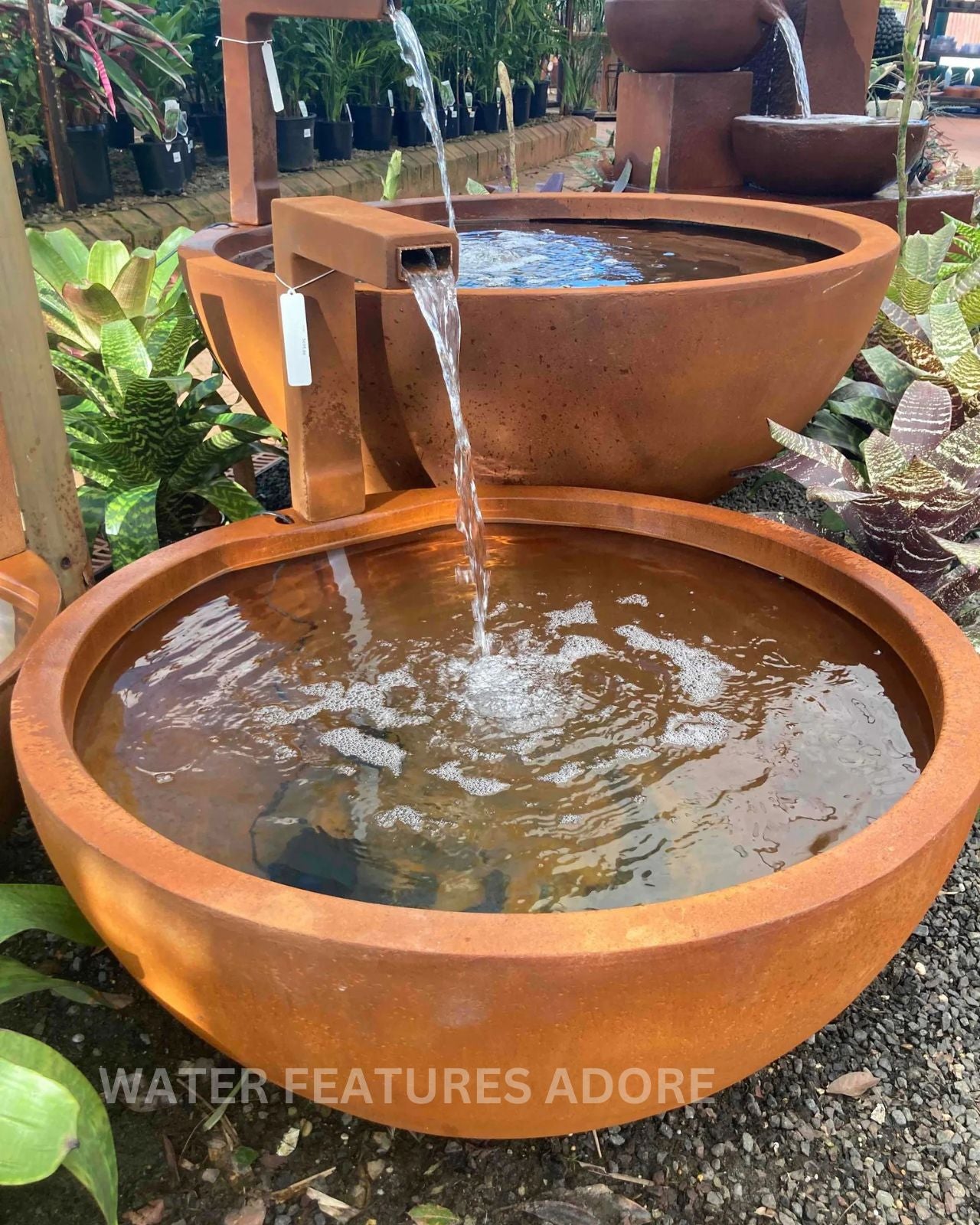
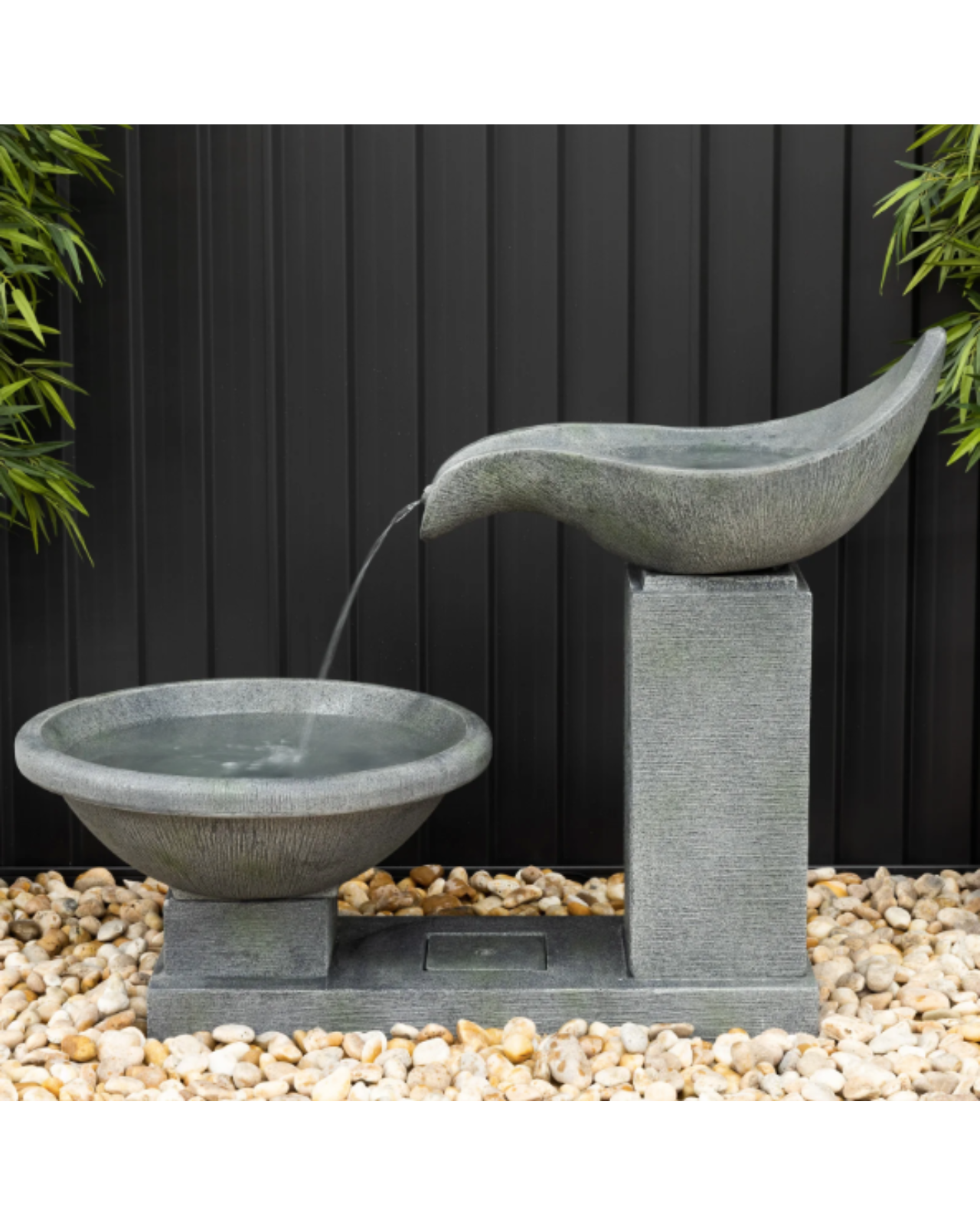
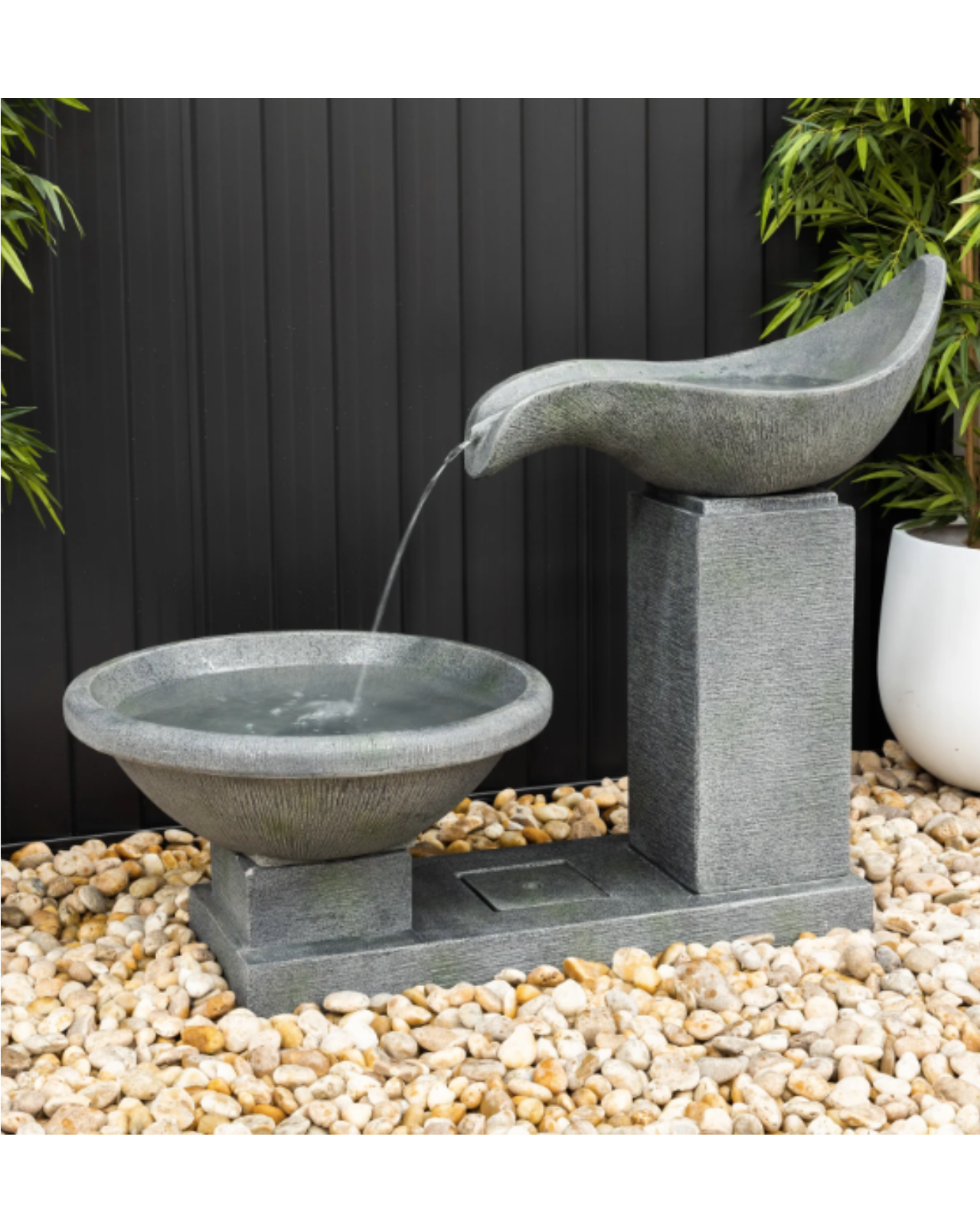
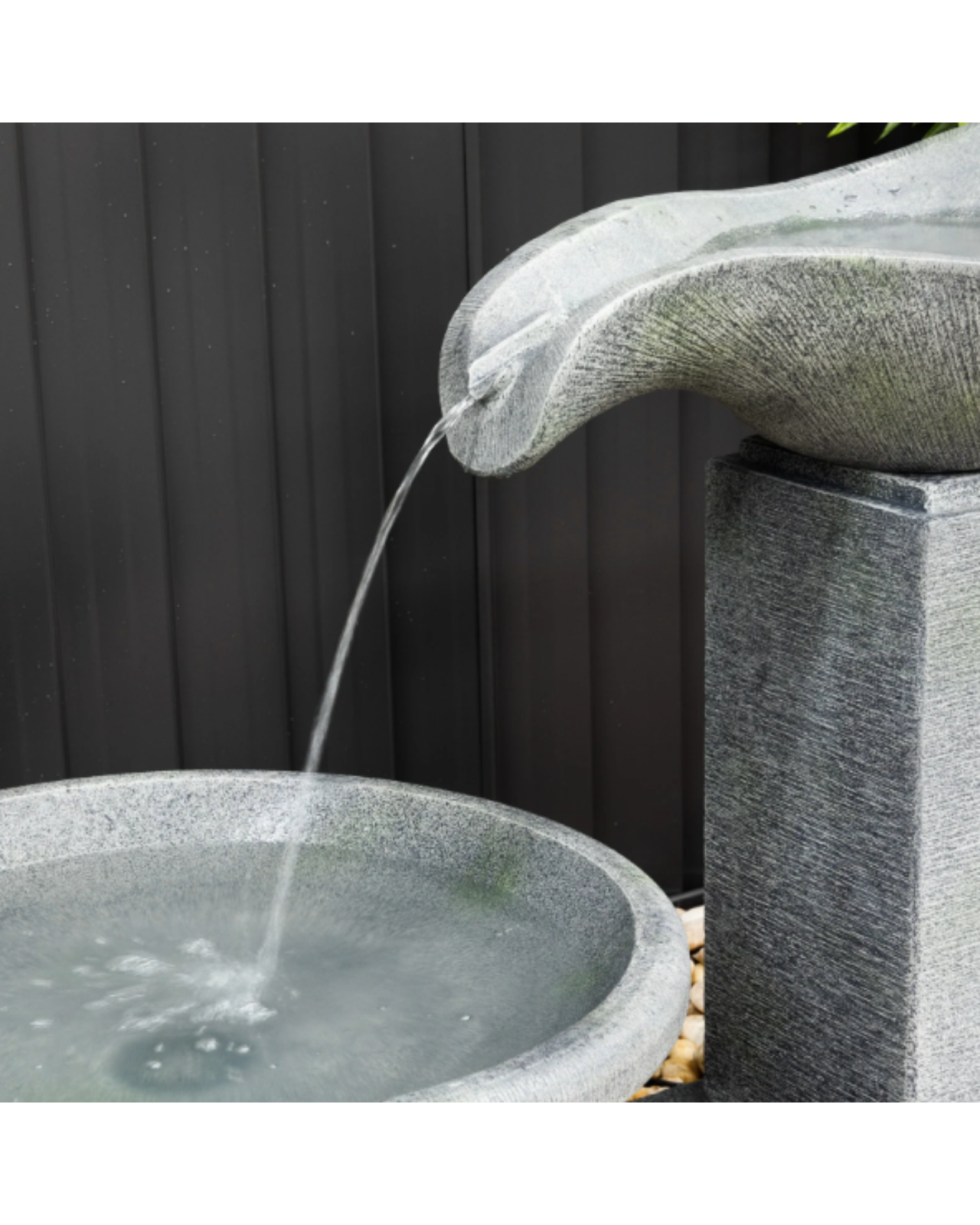

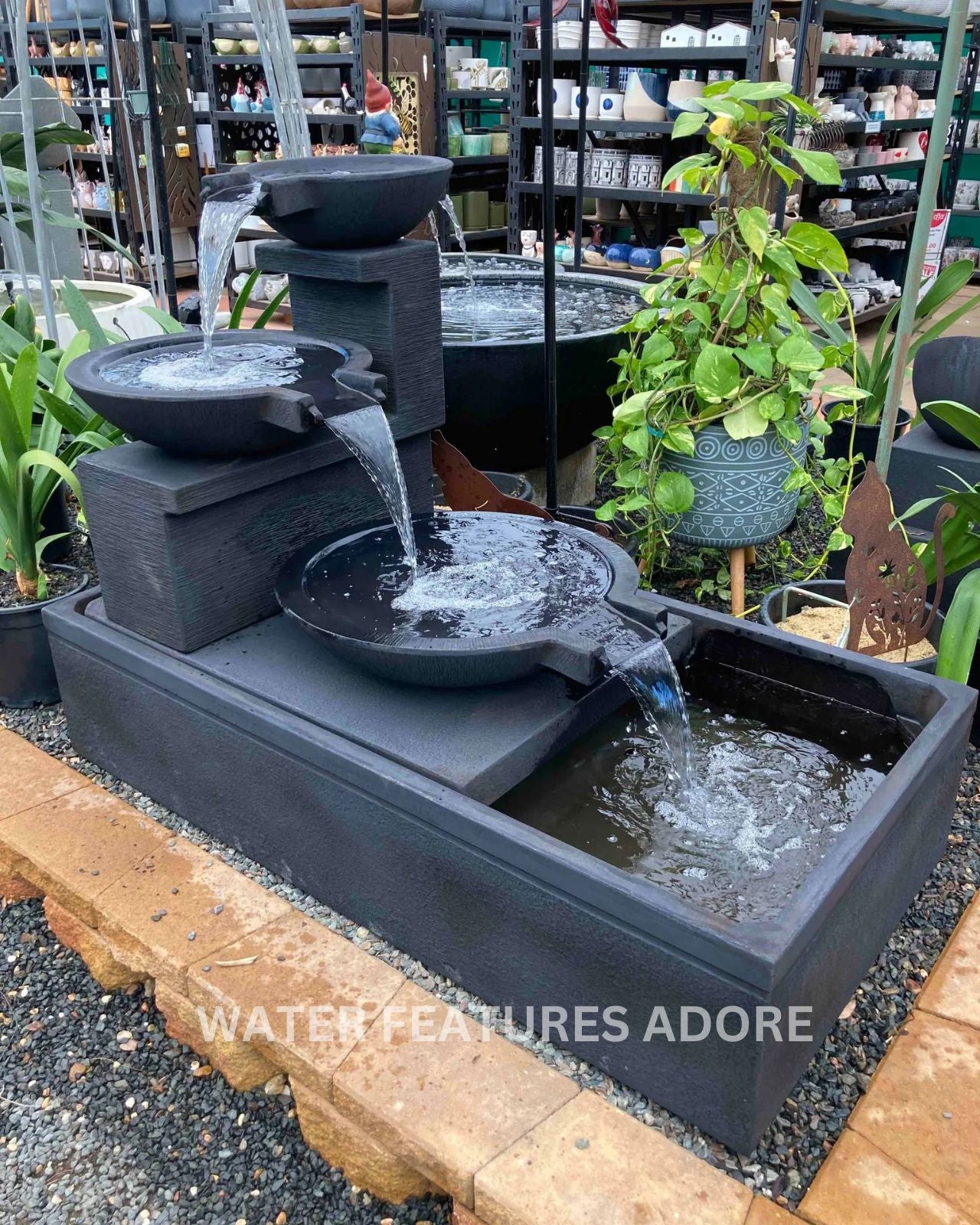



Share:
The Art and Science of Bird Baths: Attracting a Diverse Array of Birds
Garden Urns: Historical Significance and Modern Interpretations